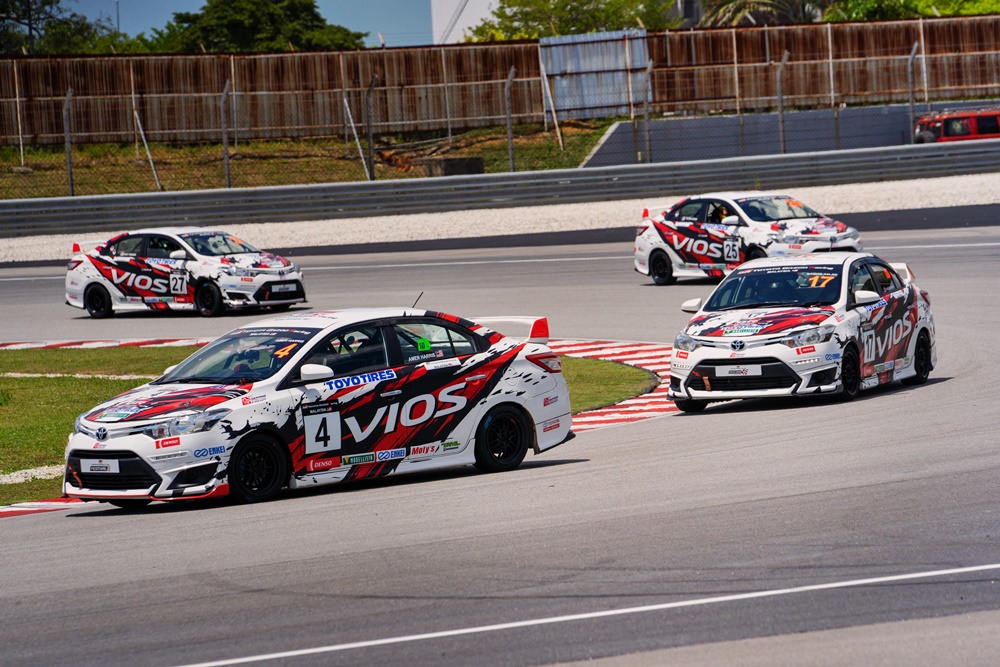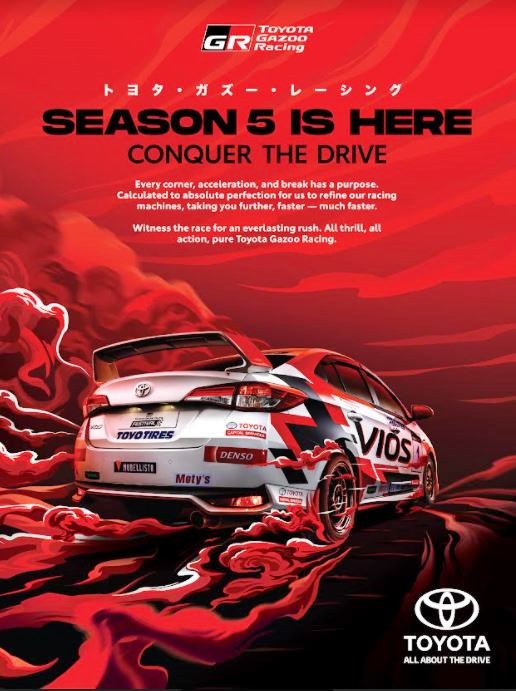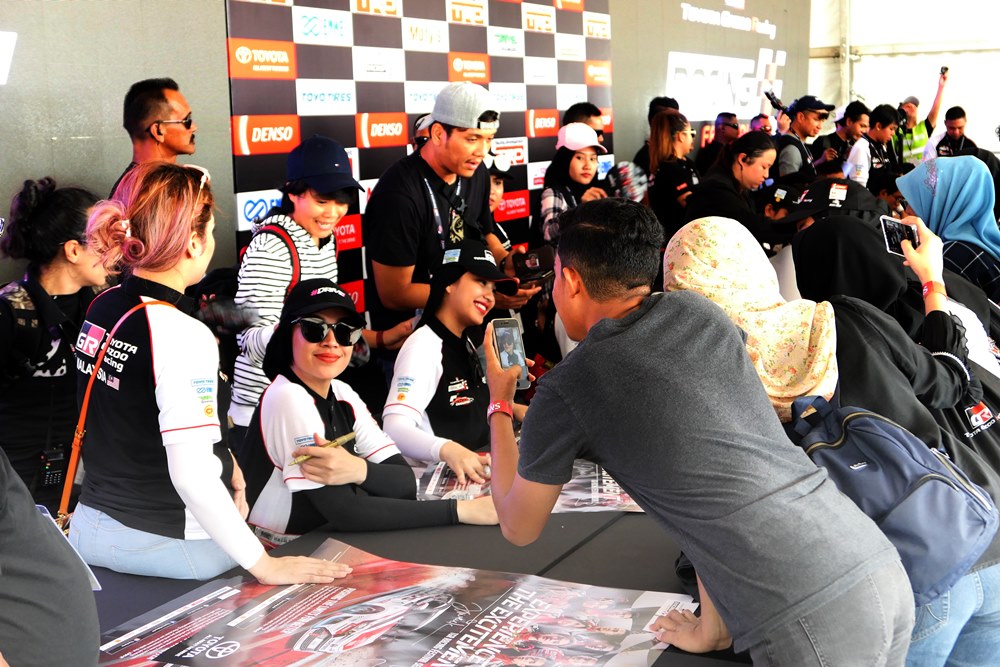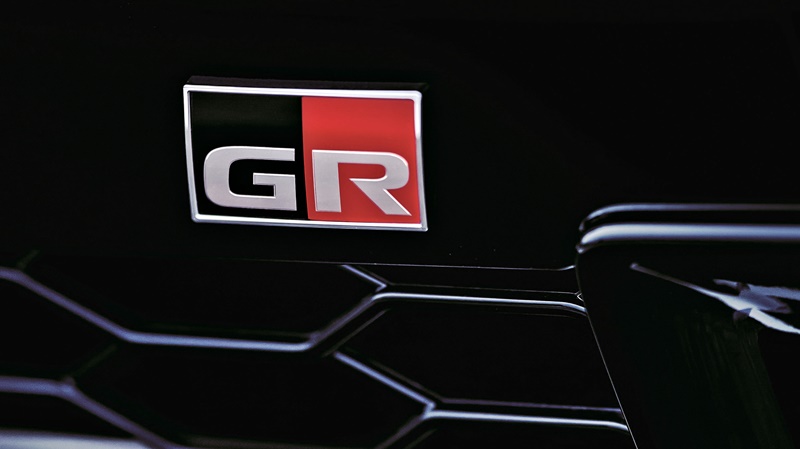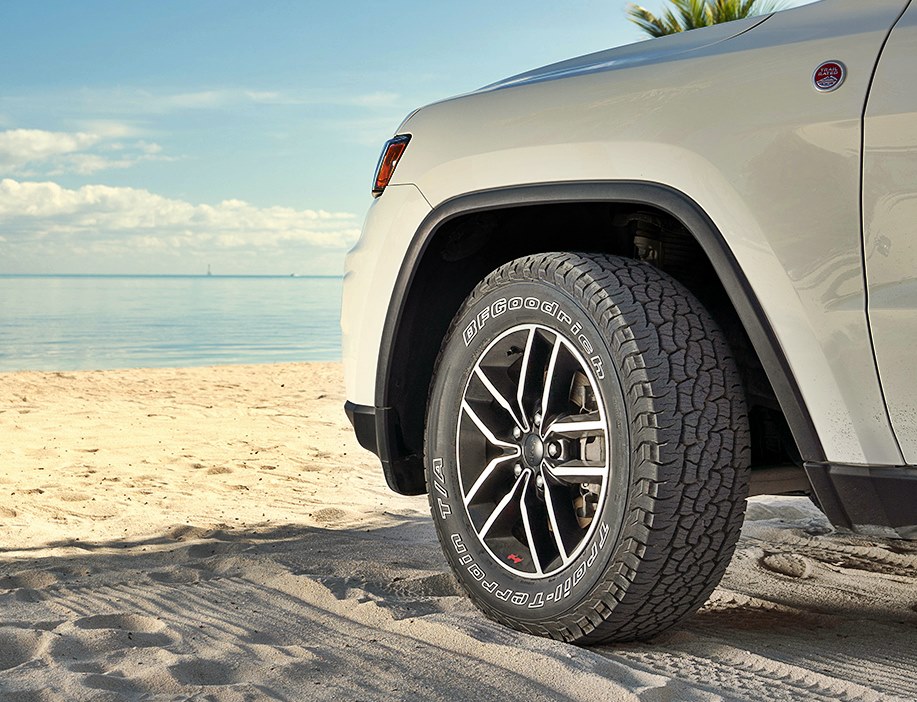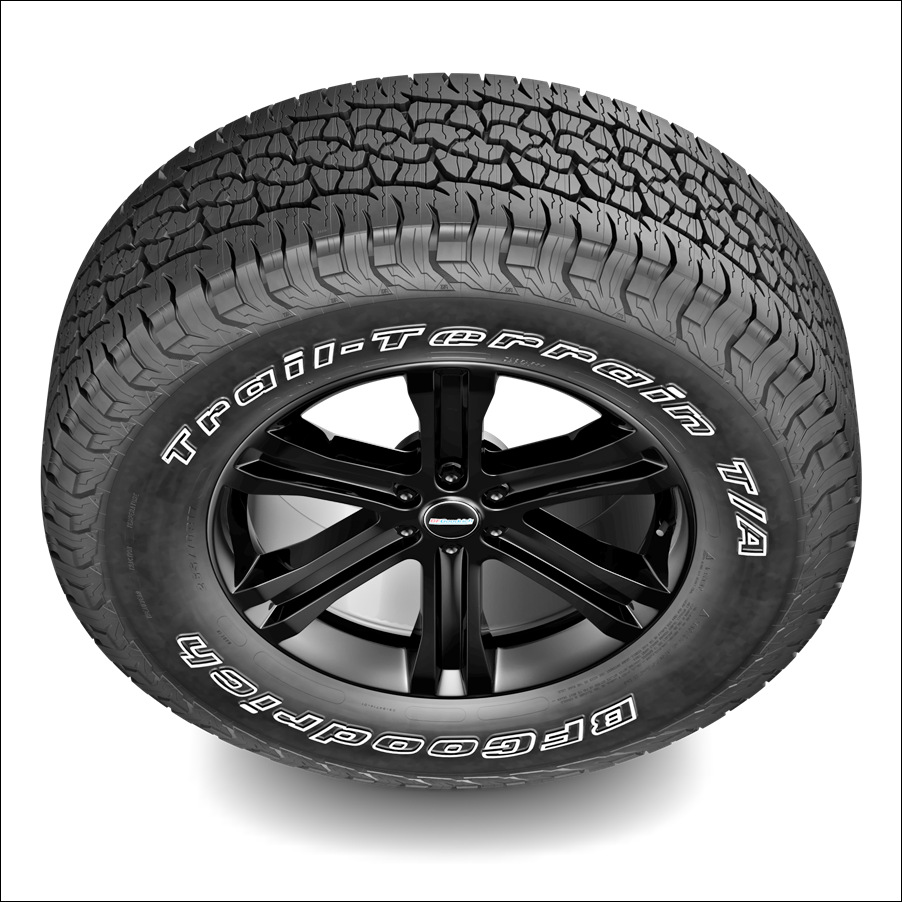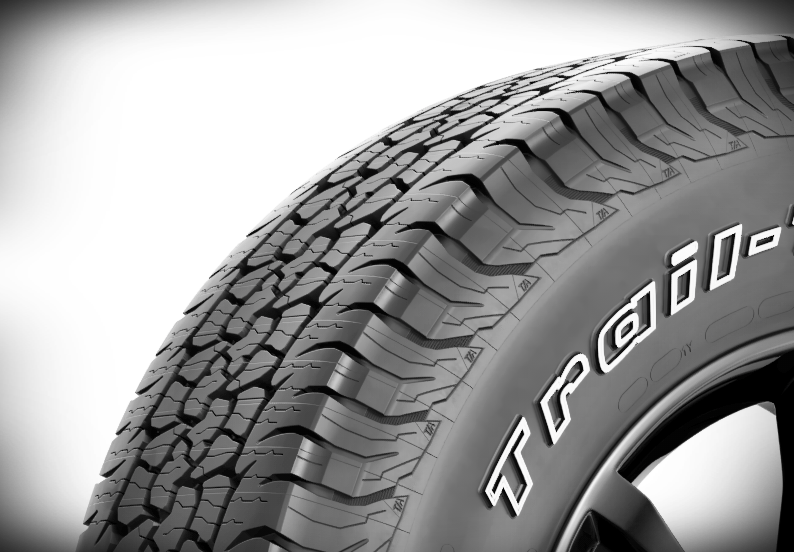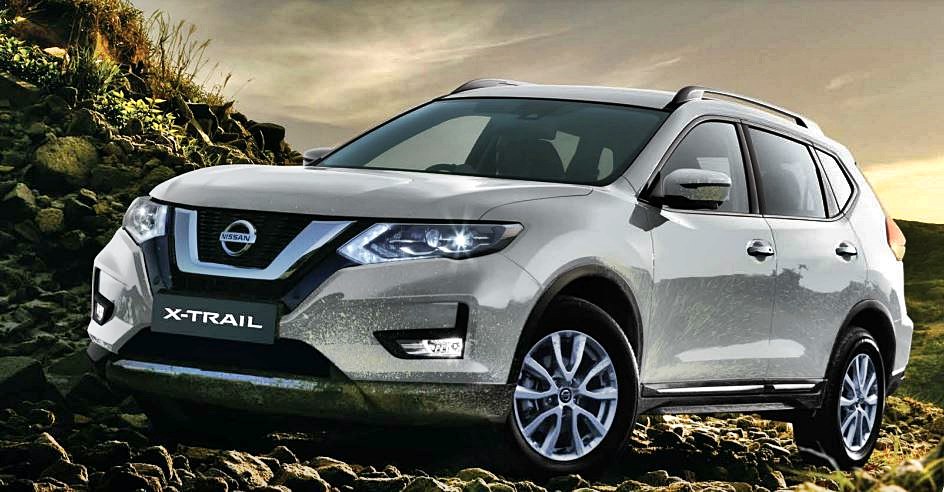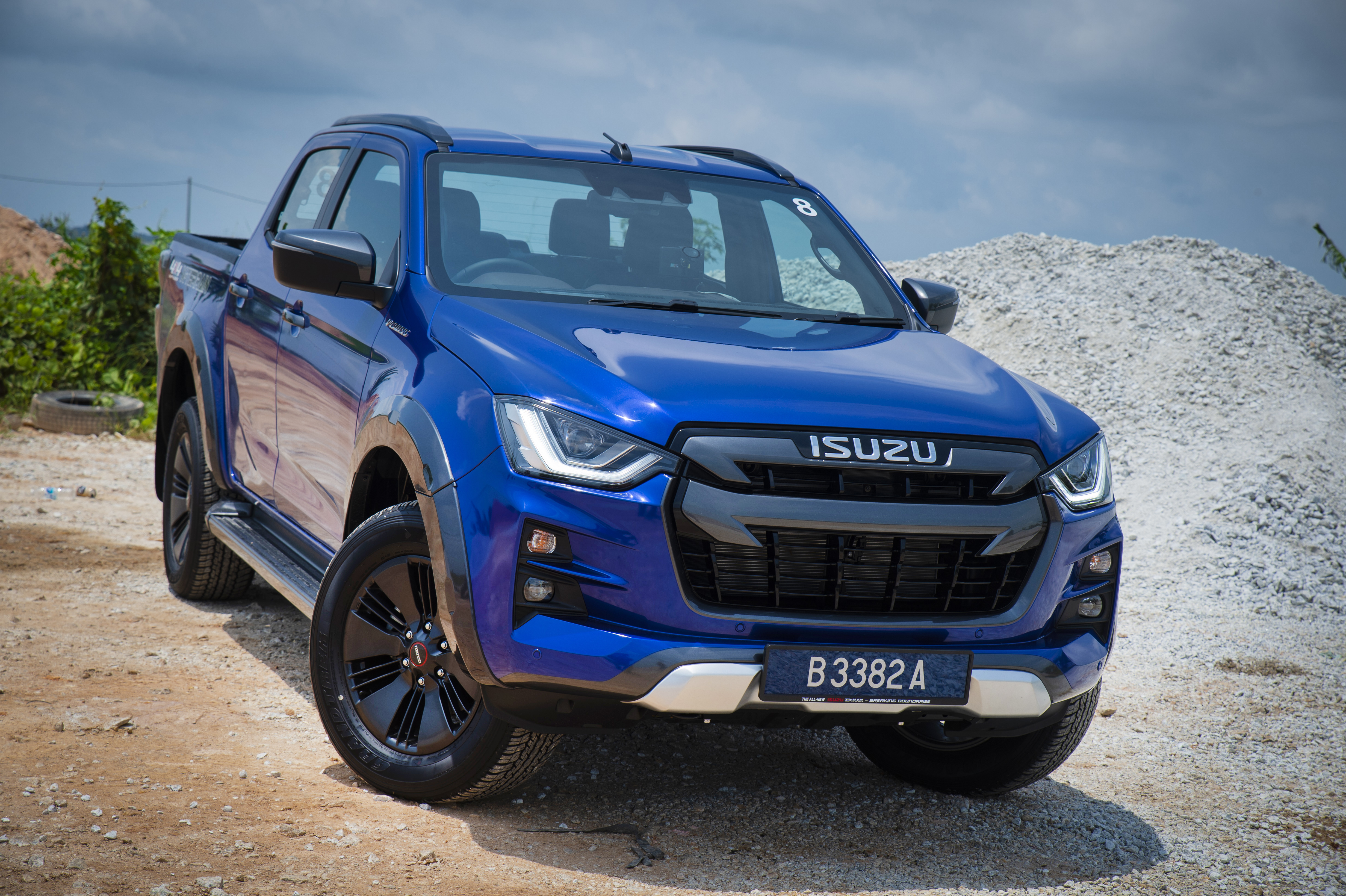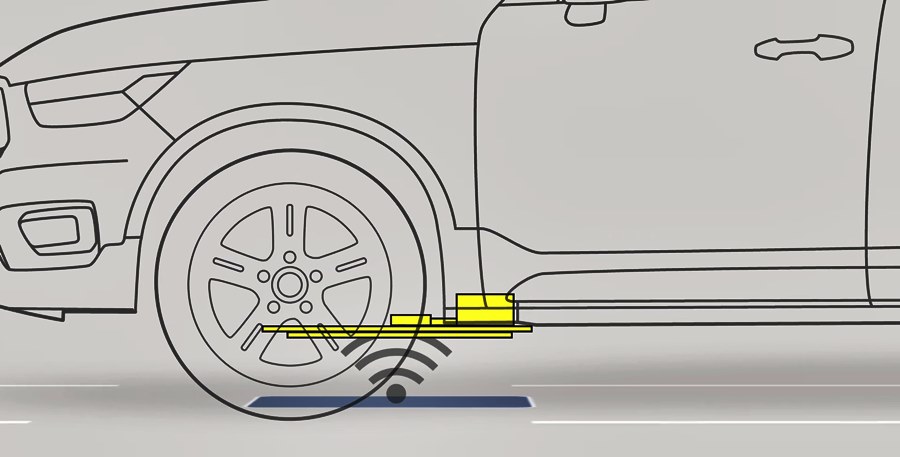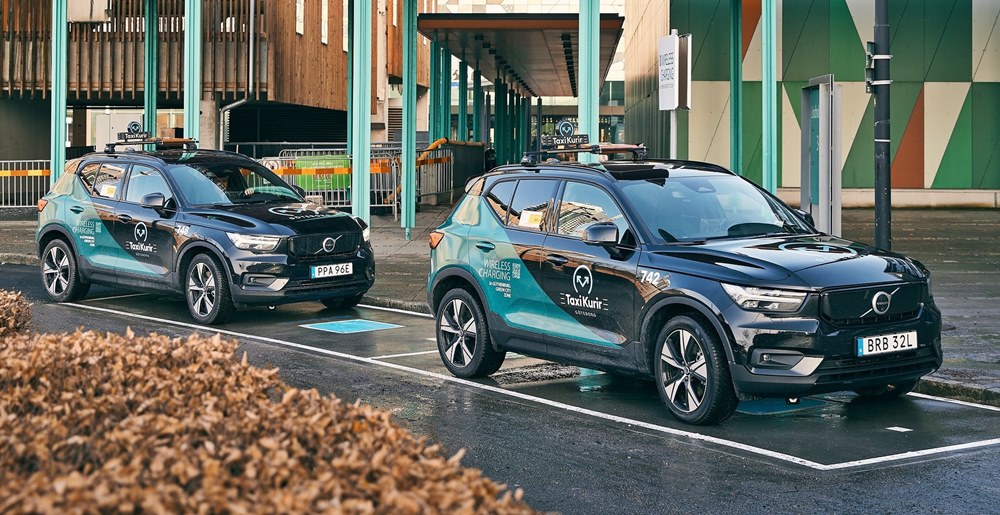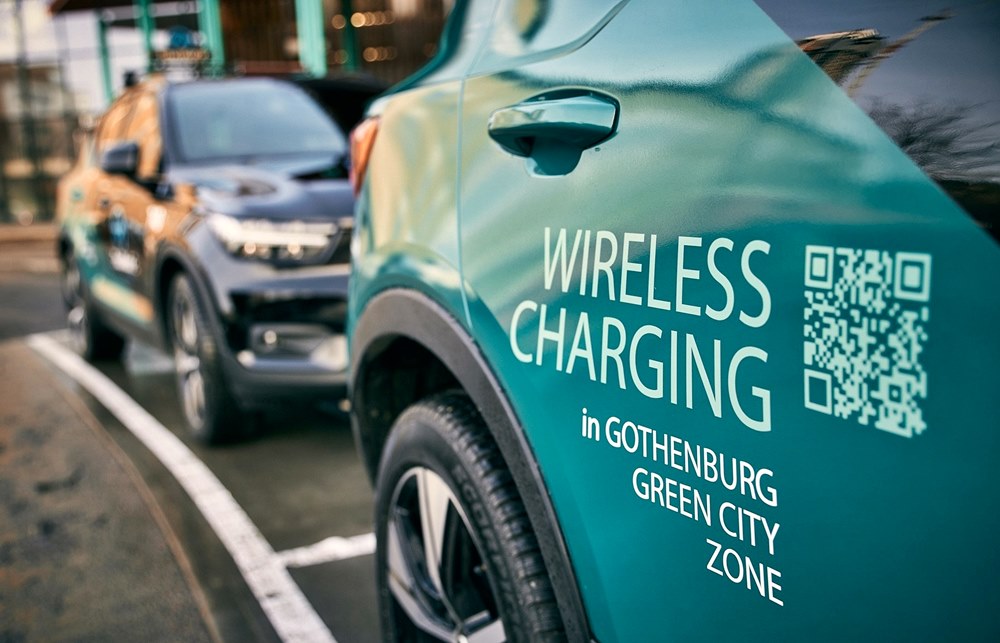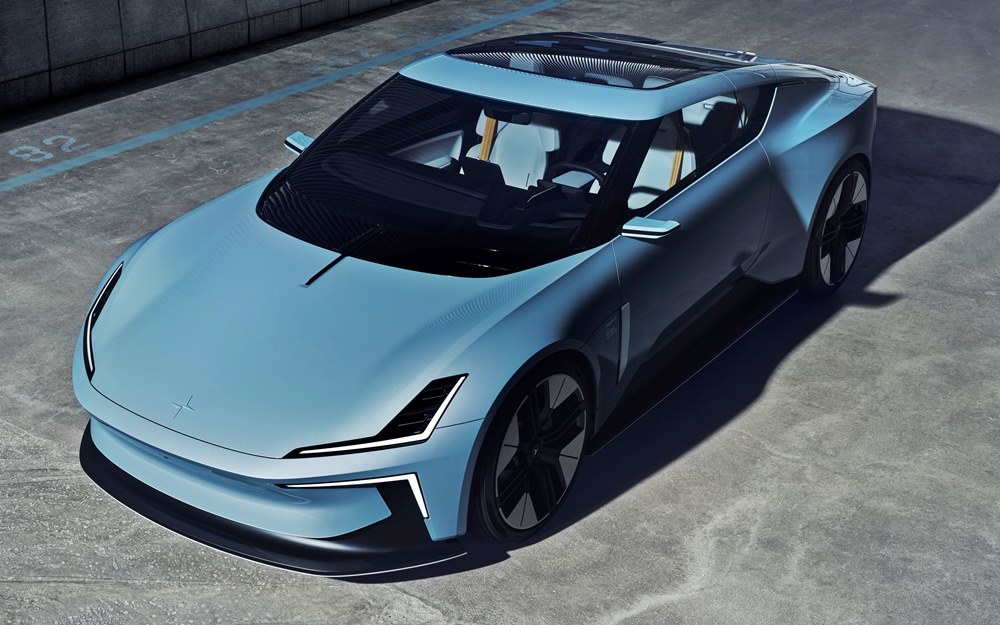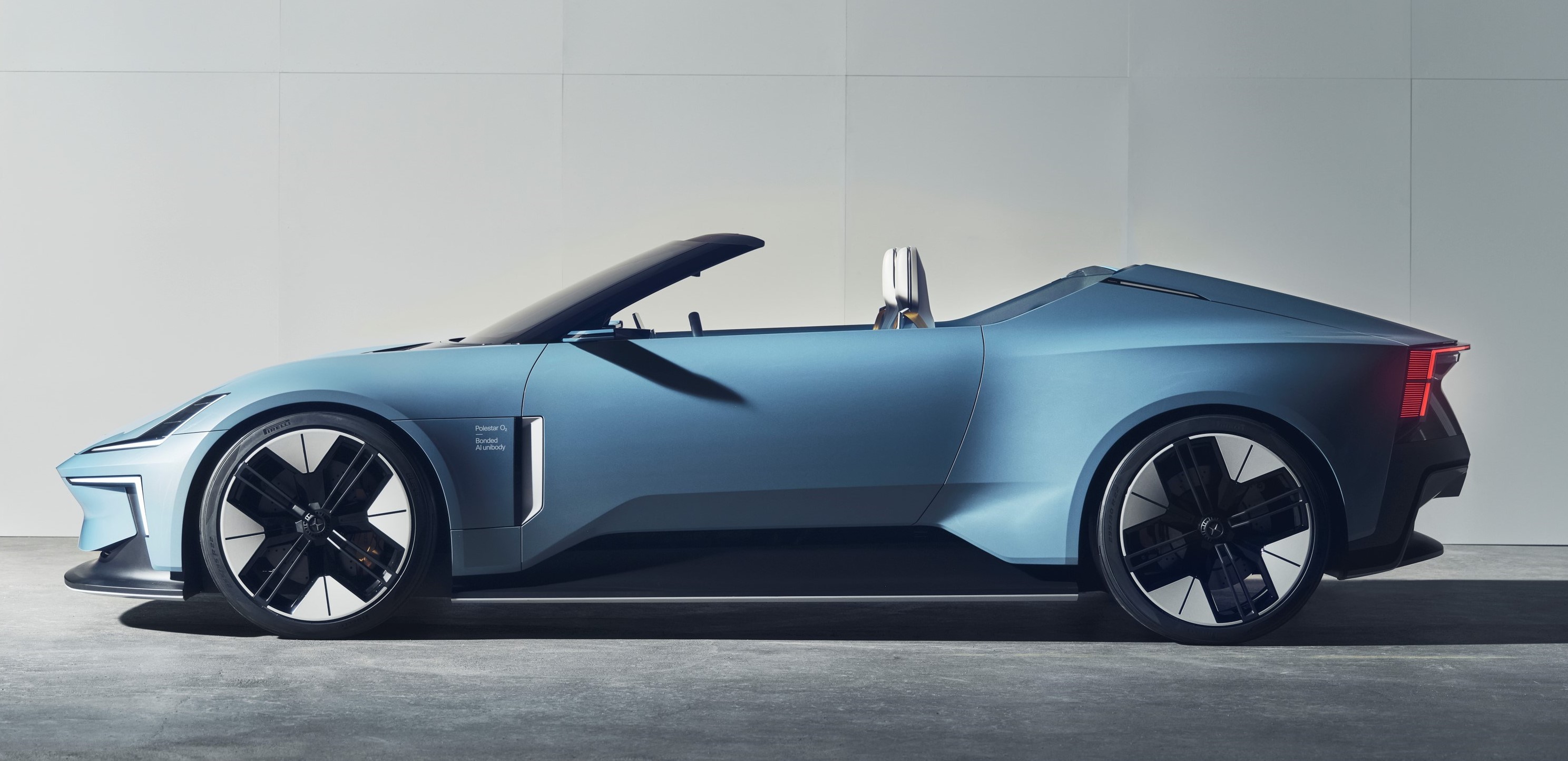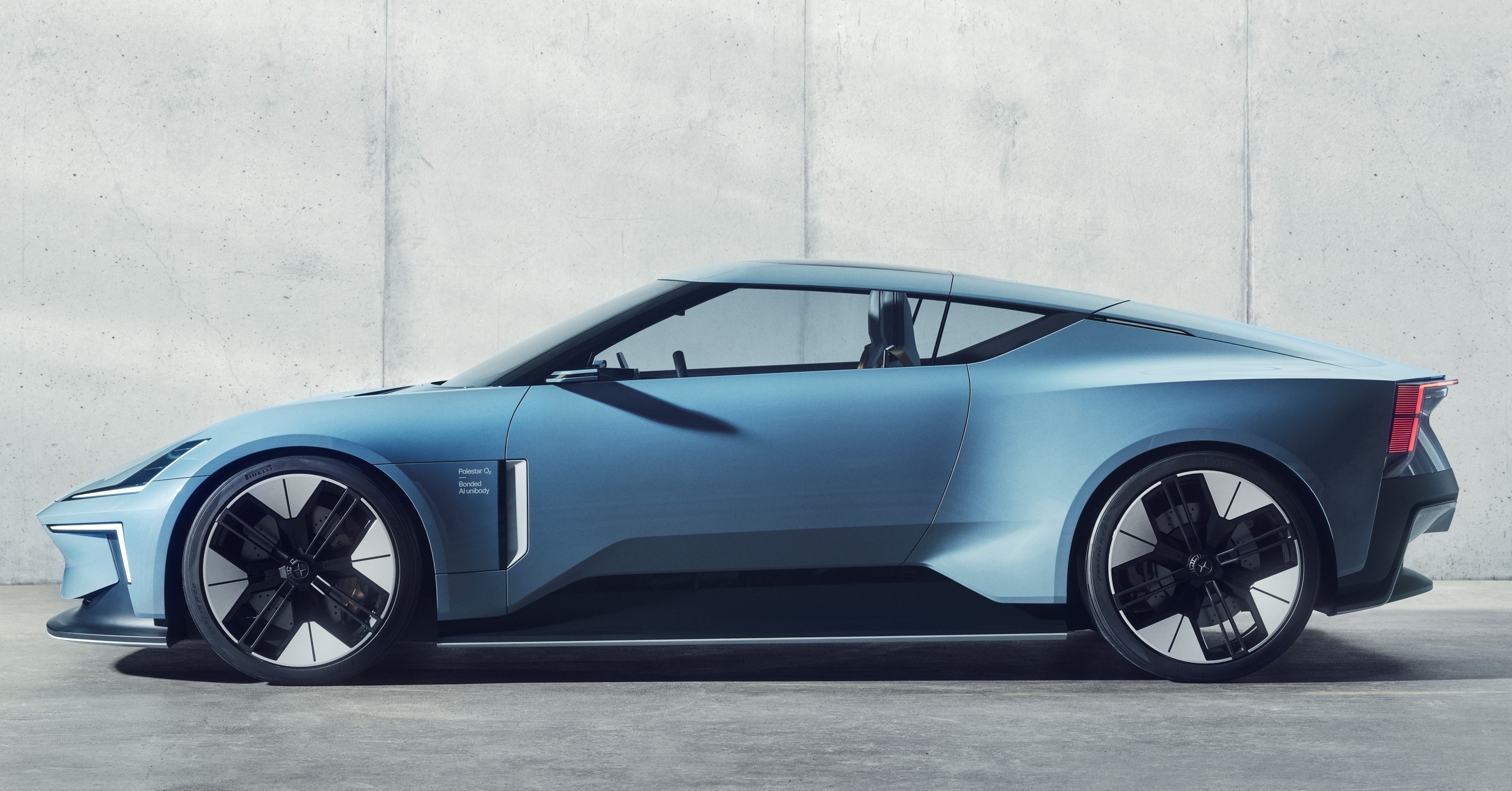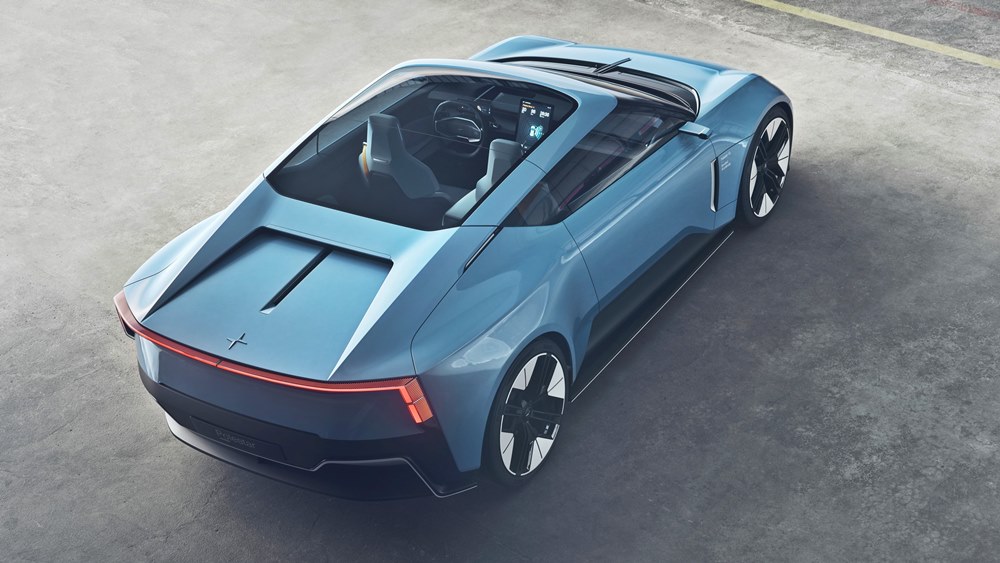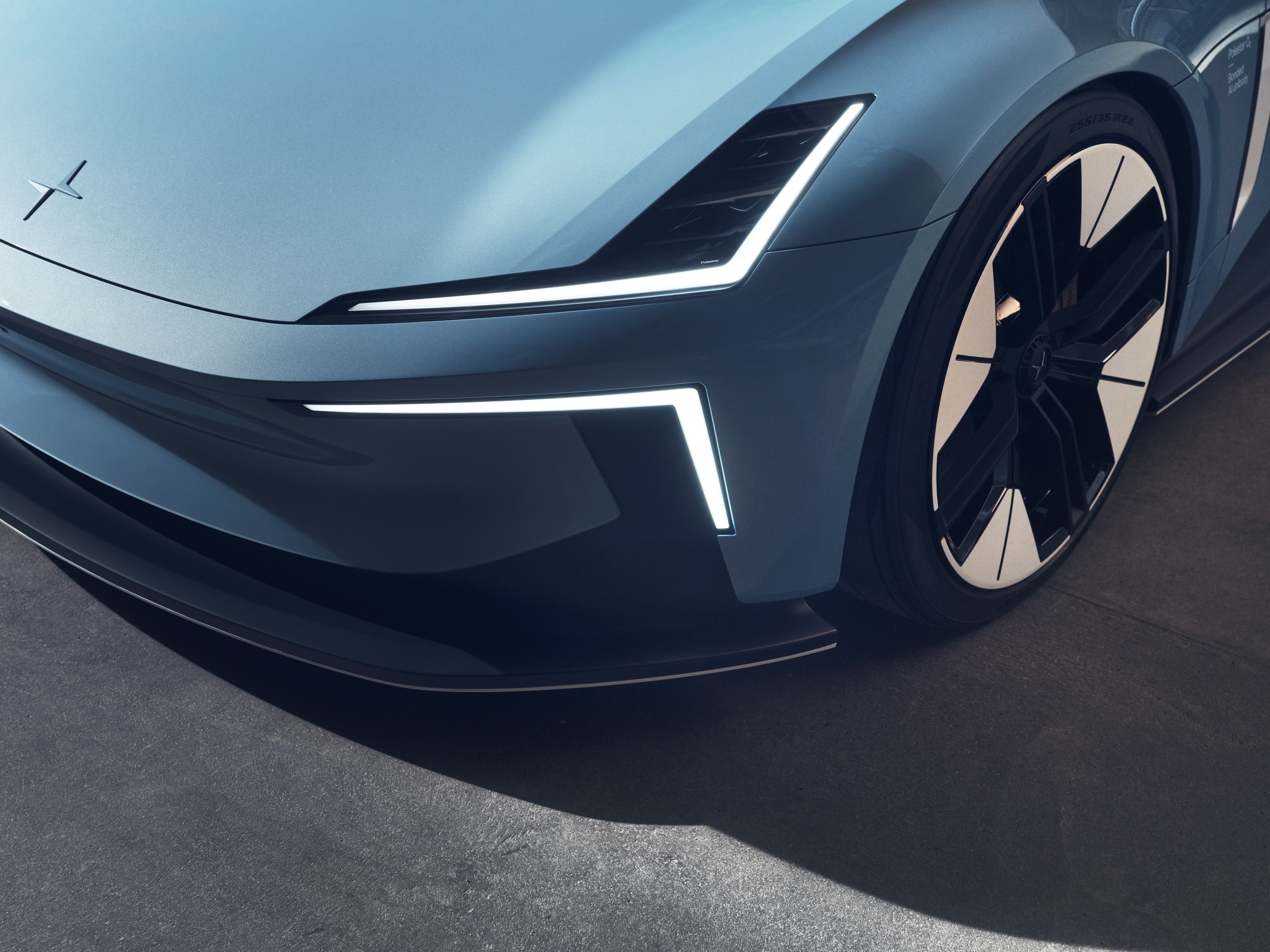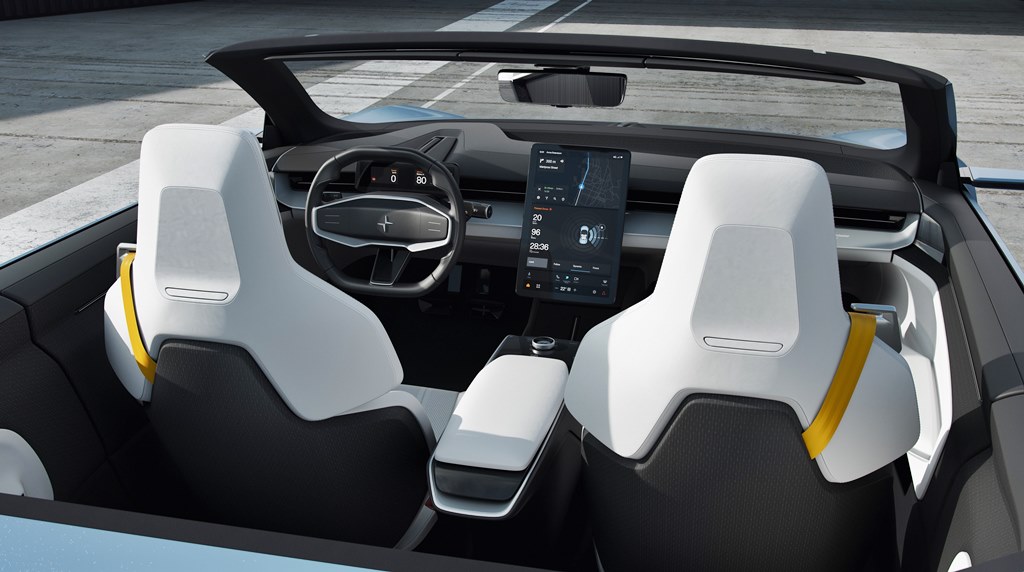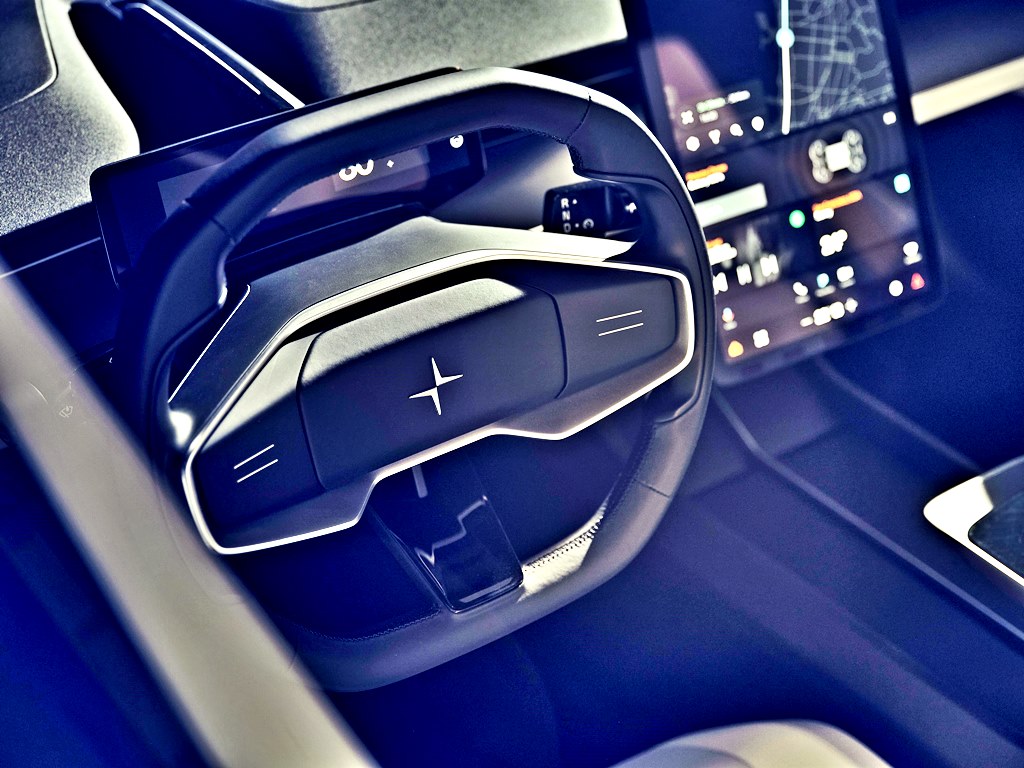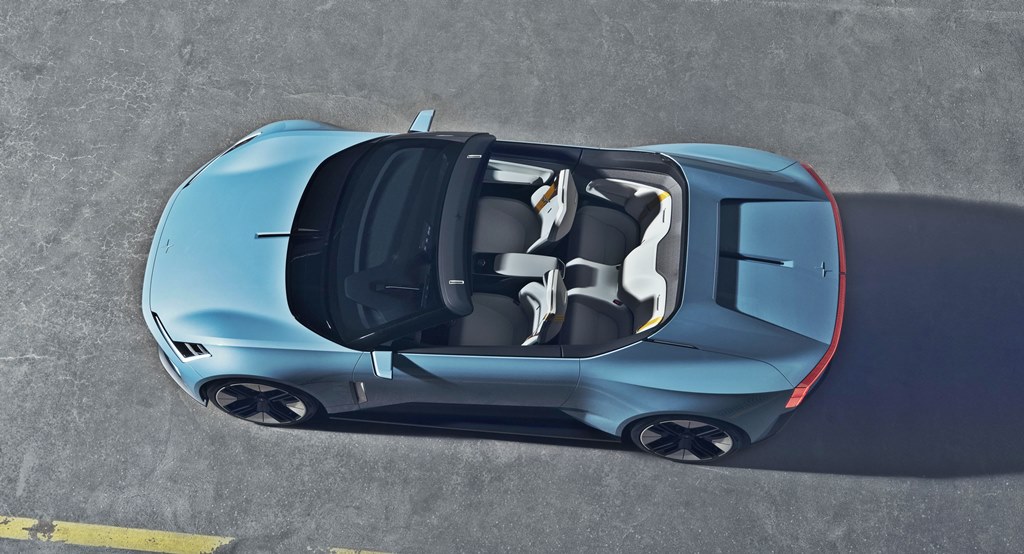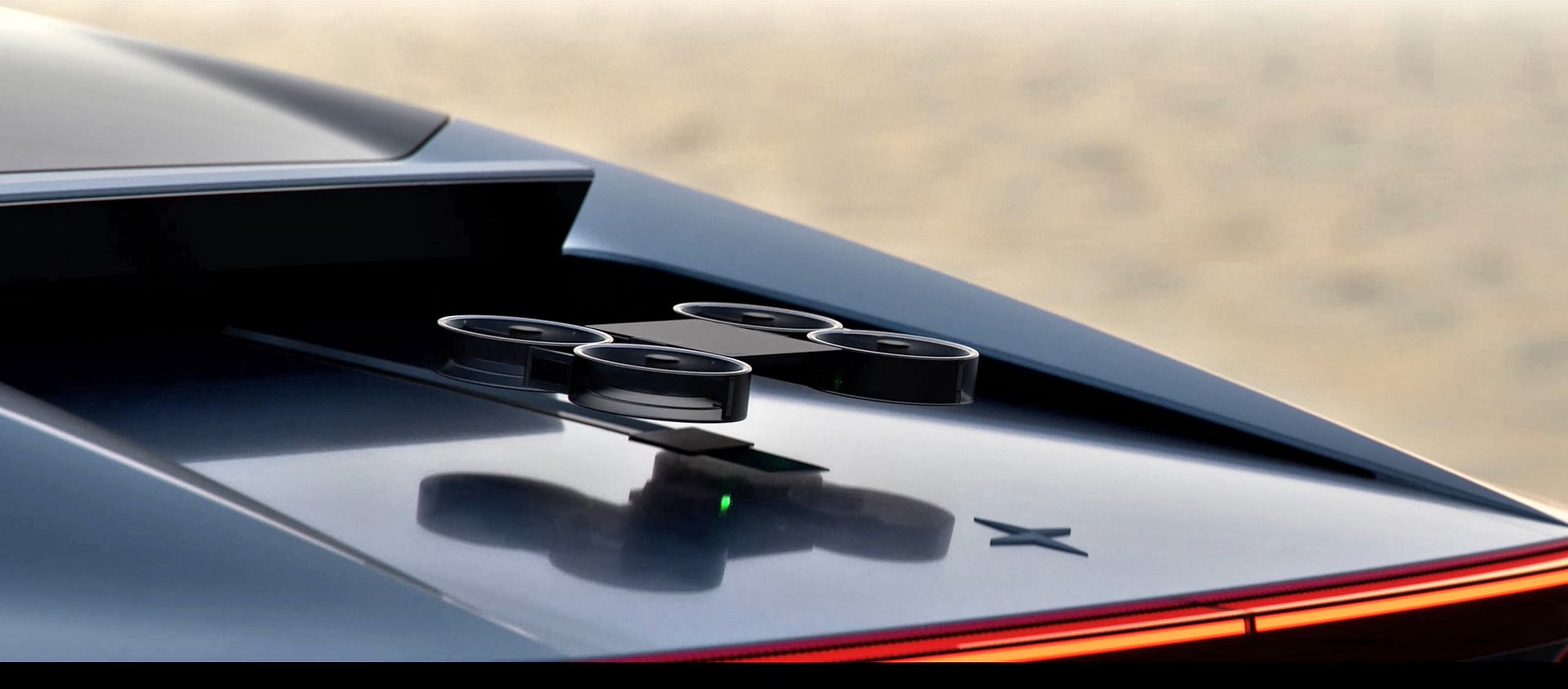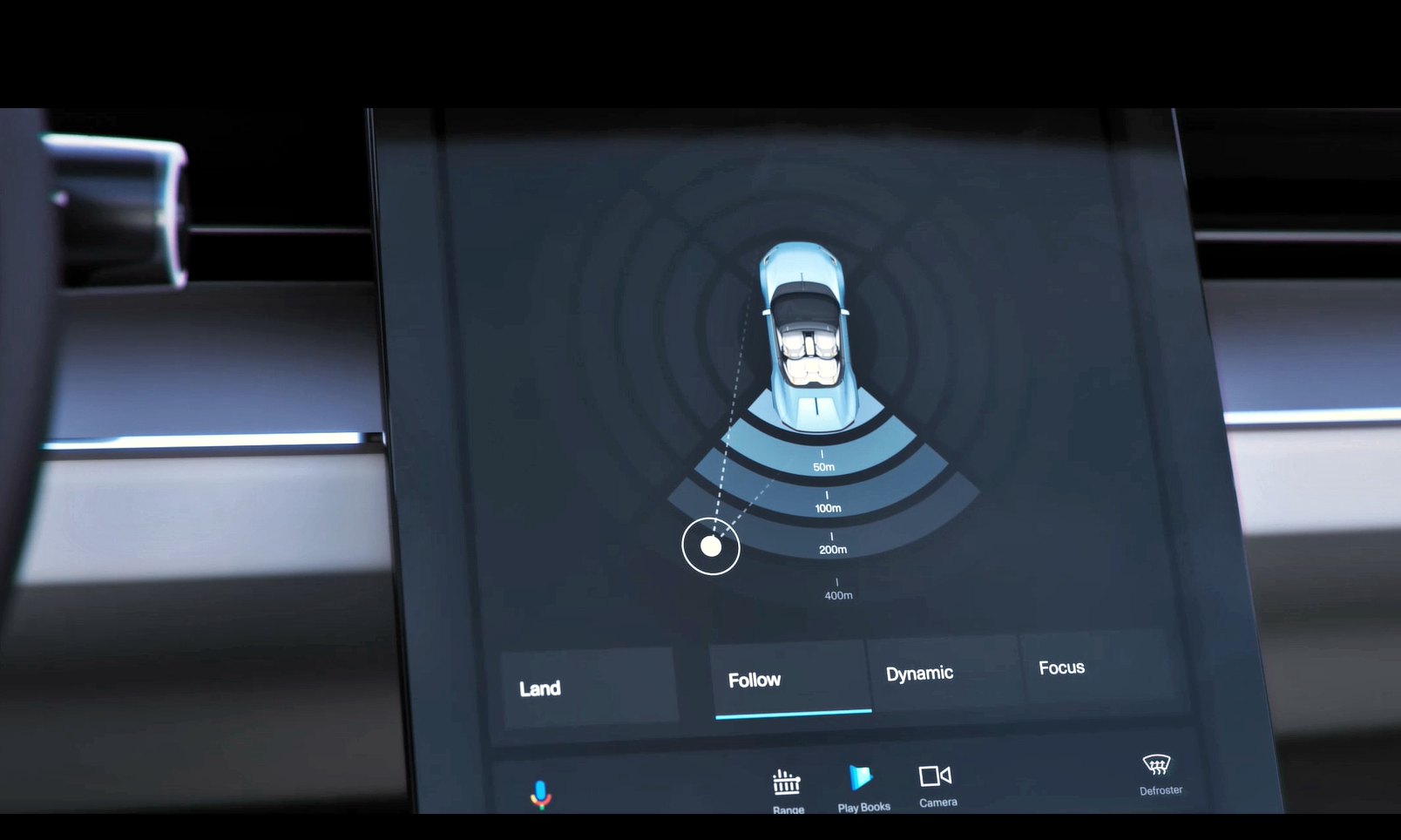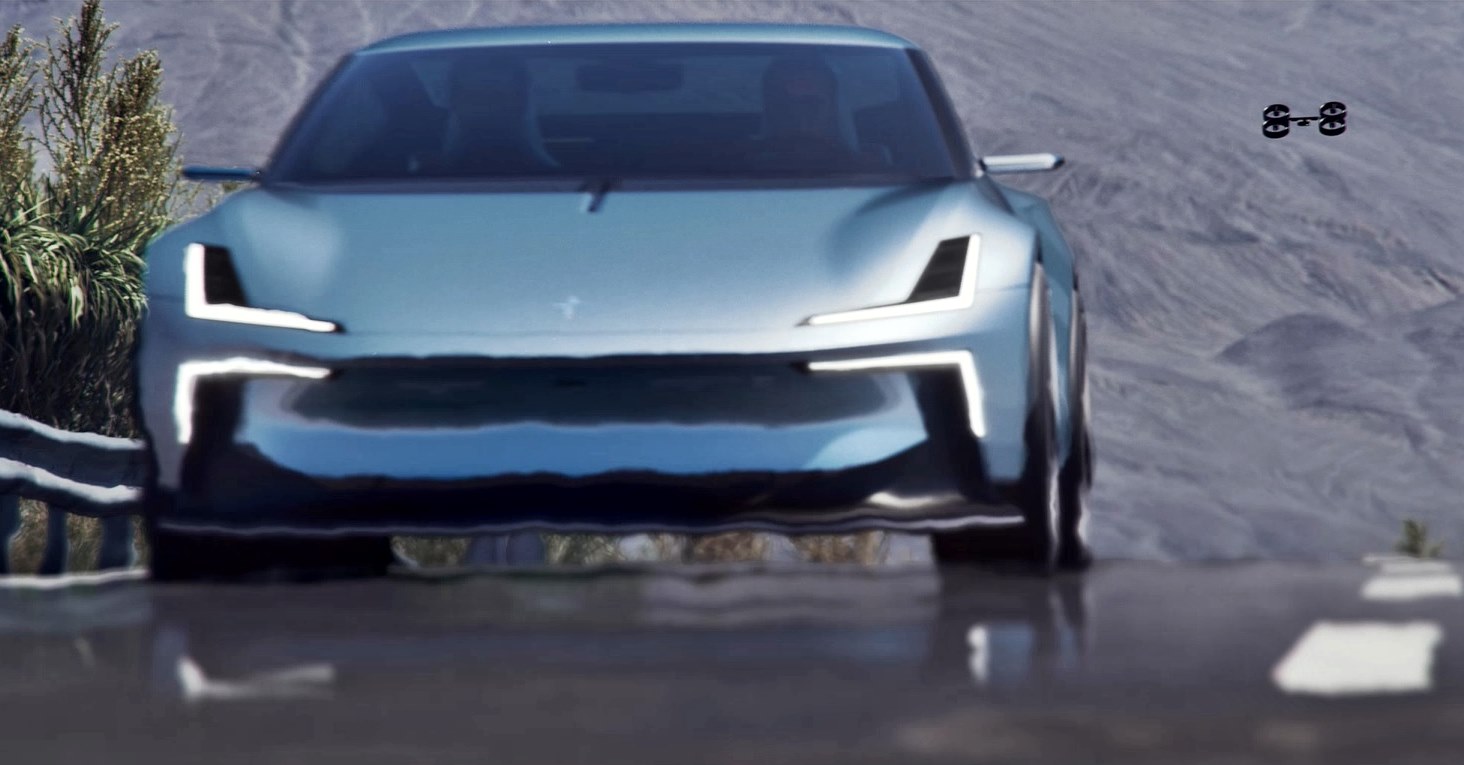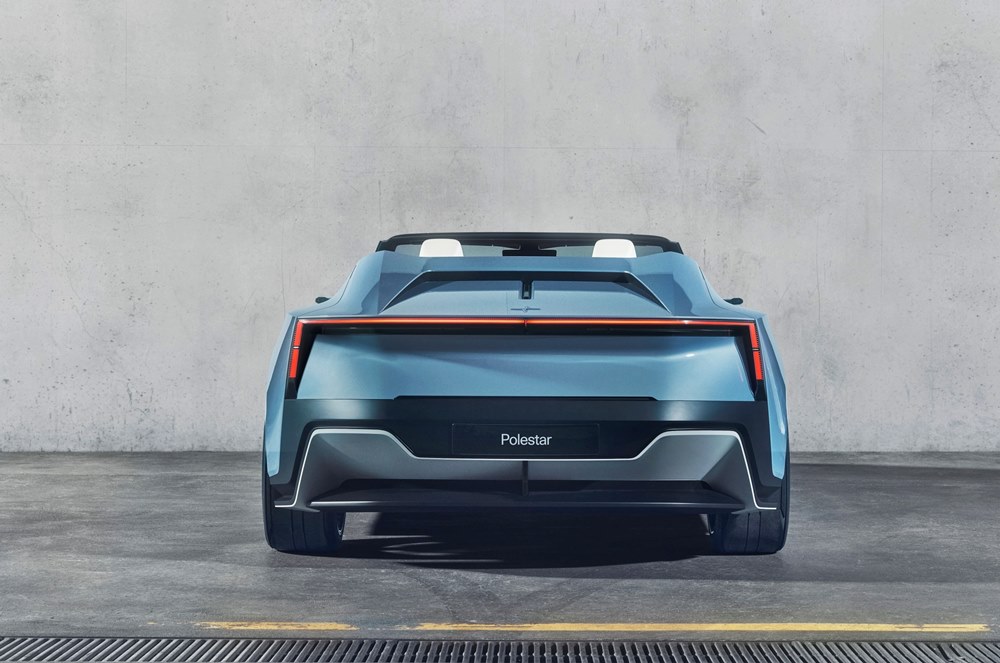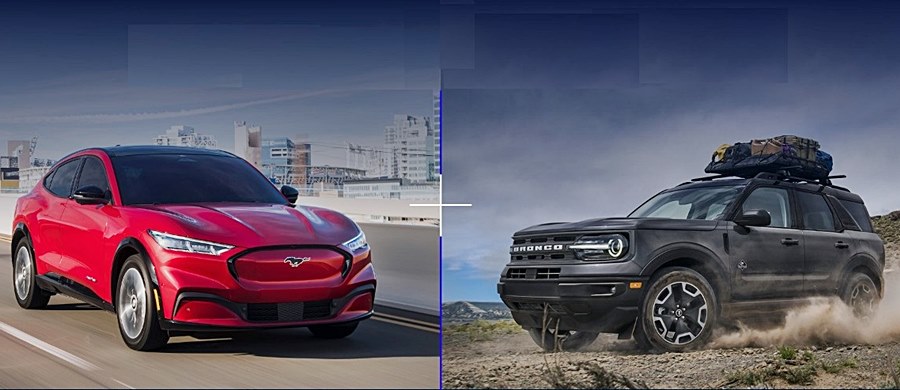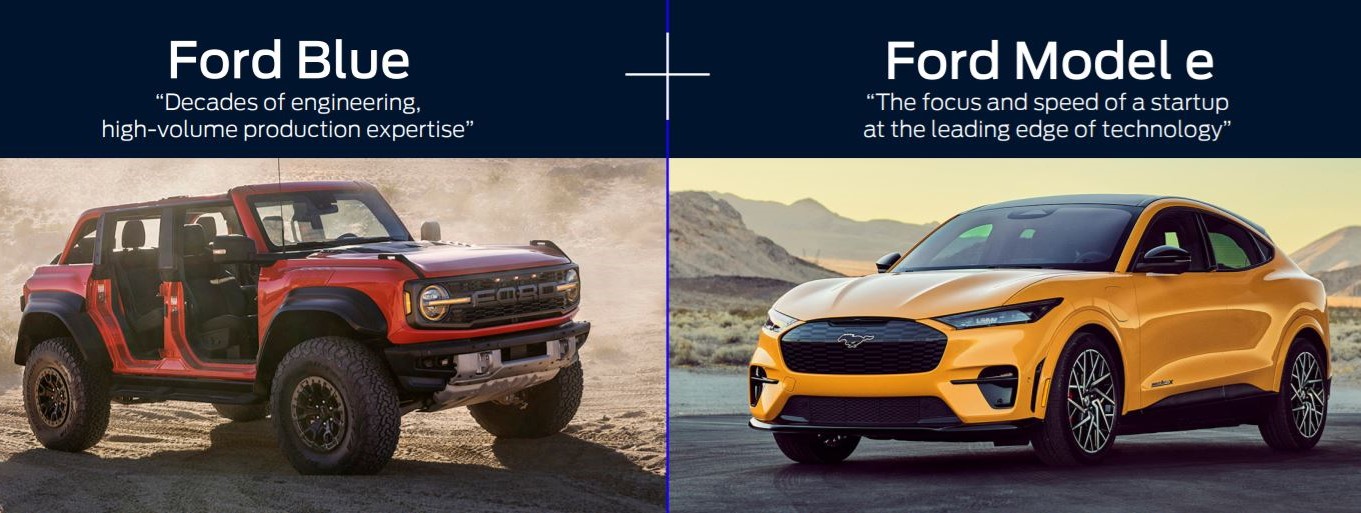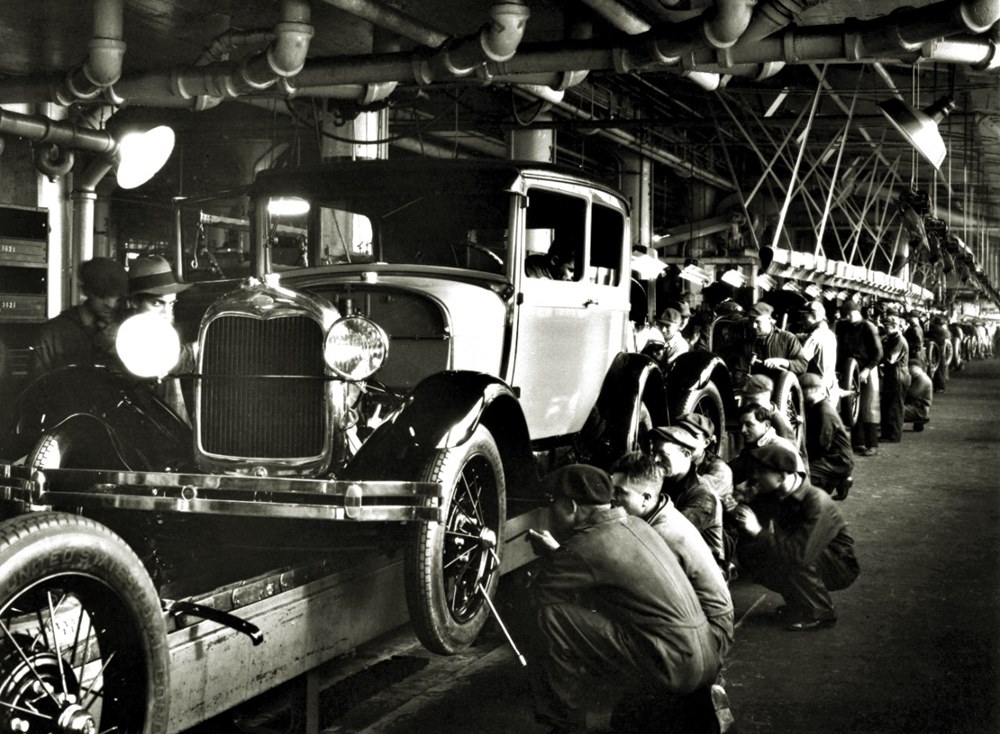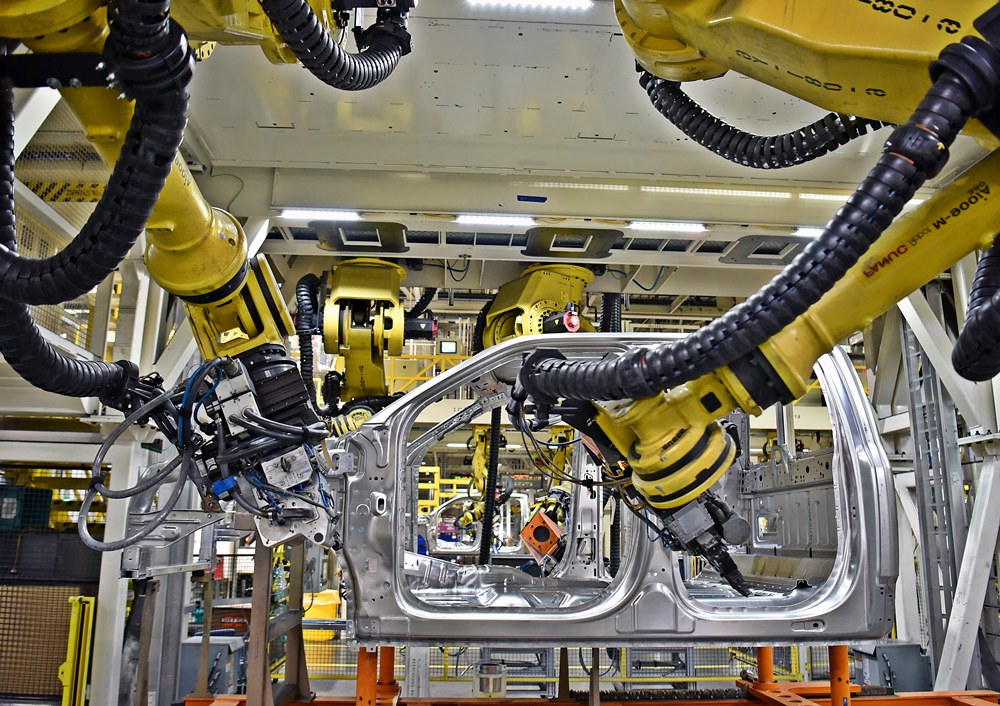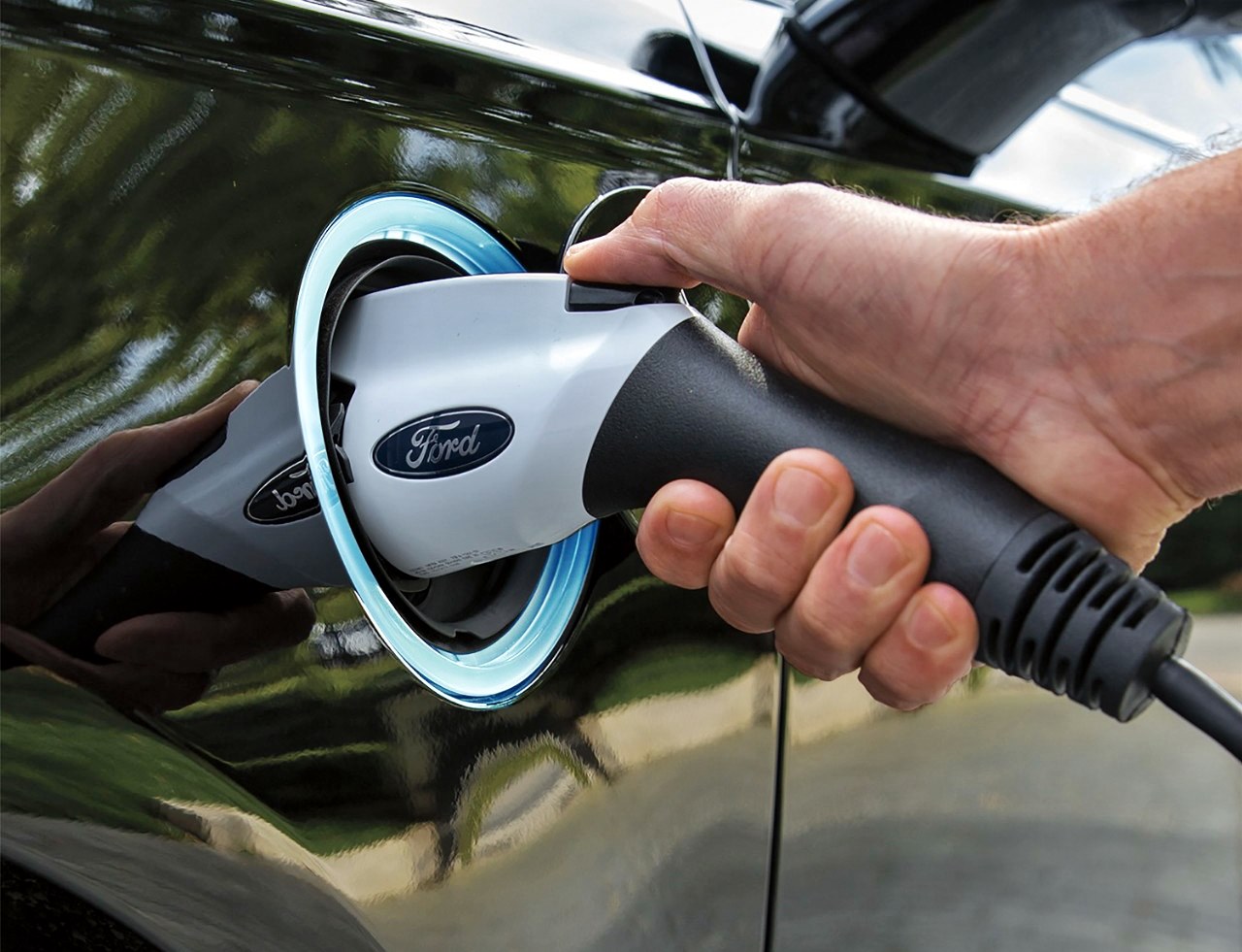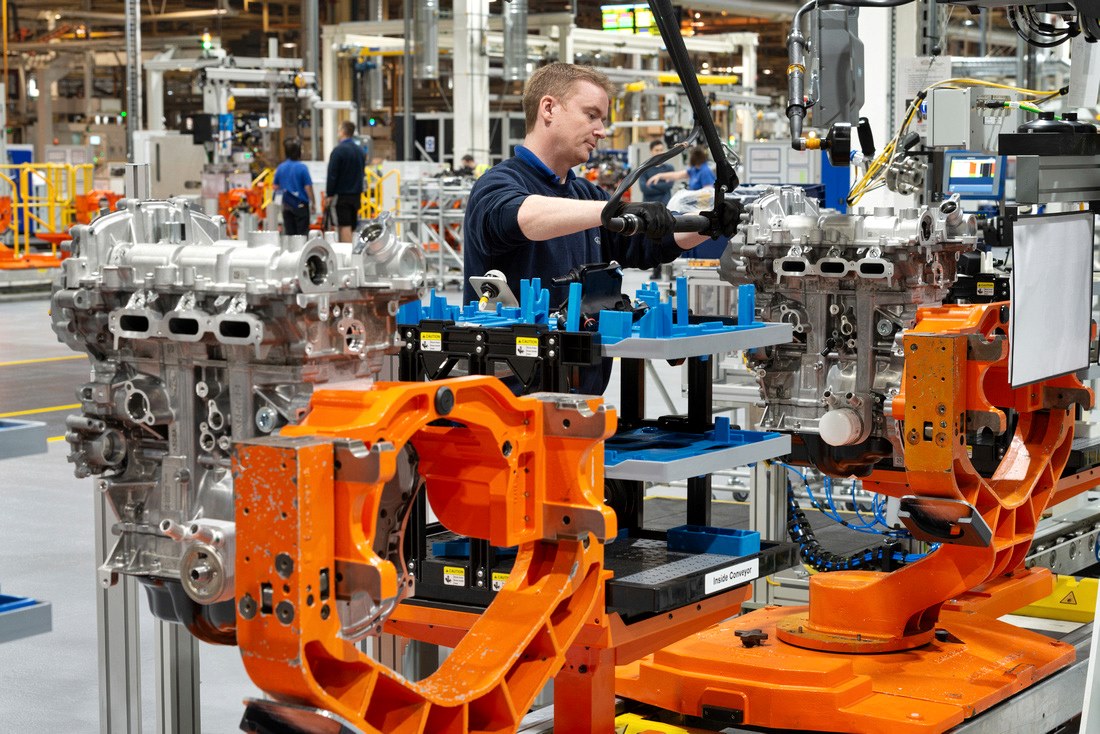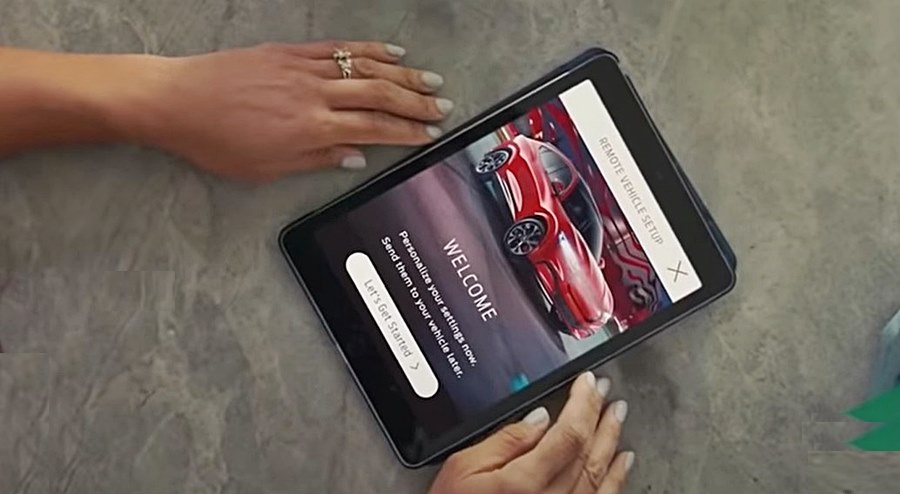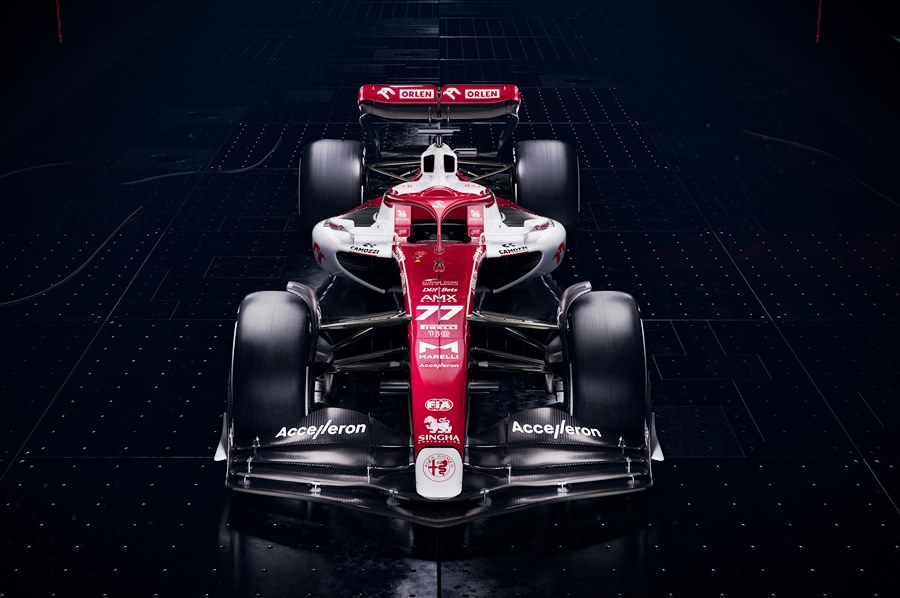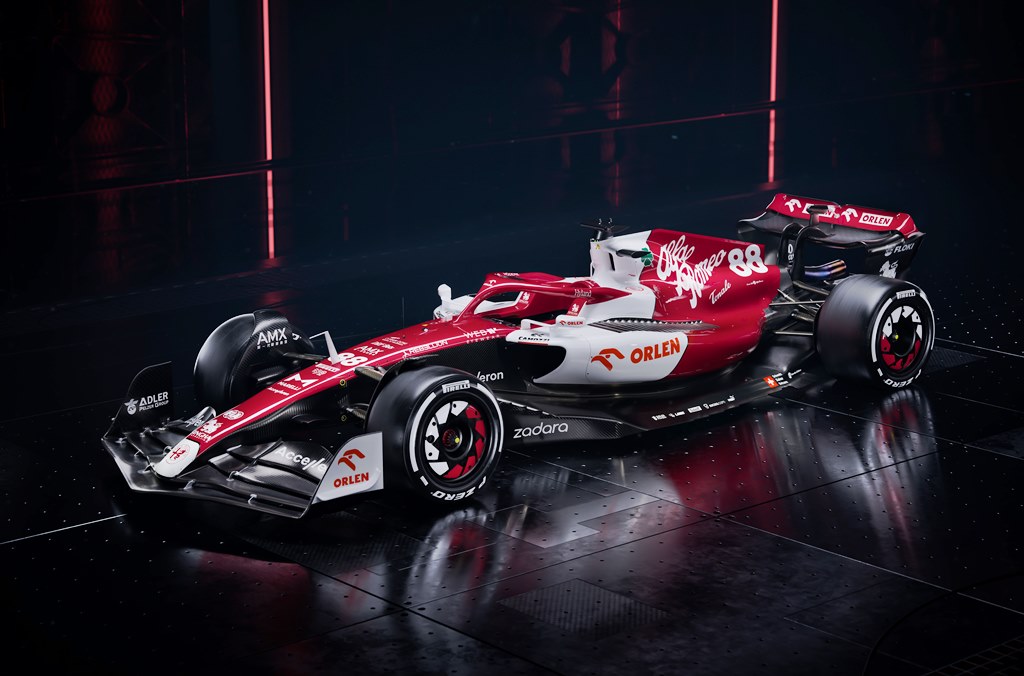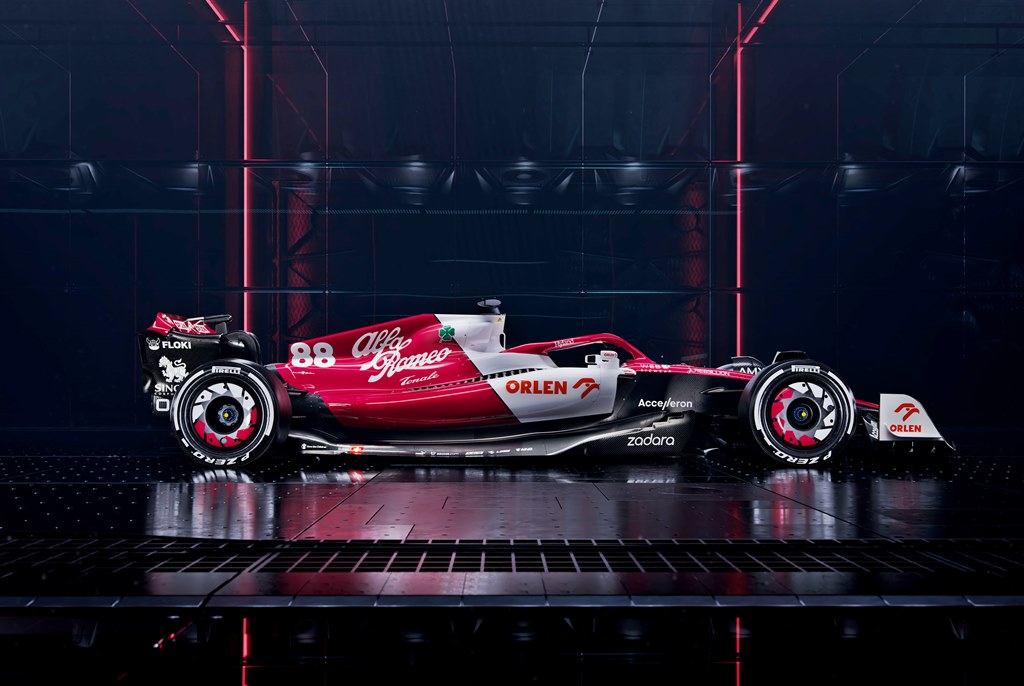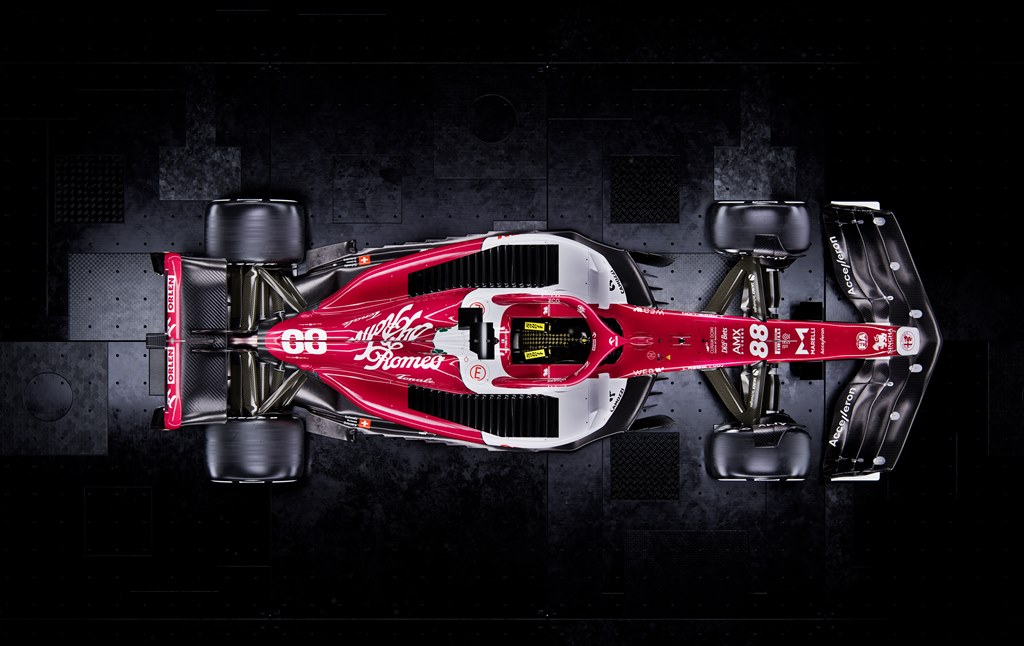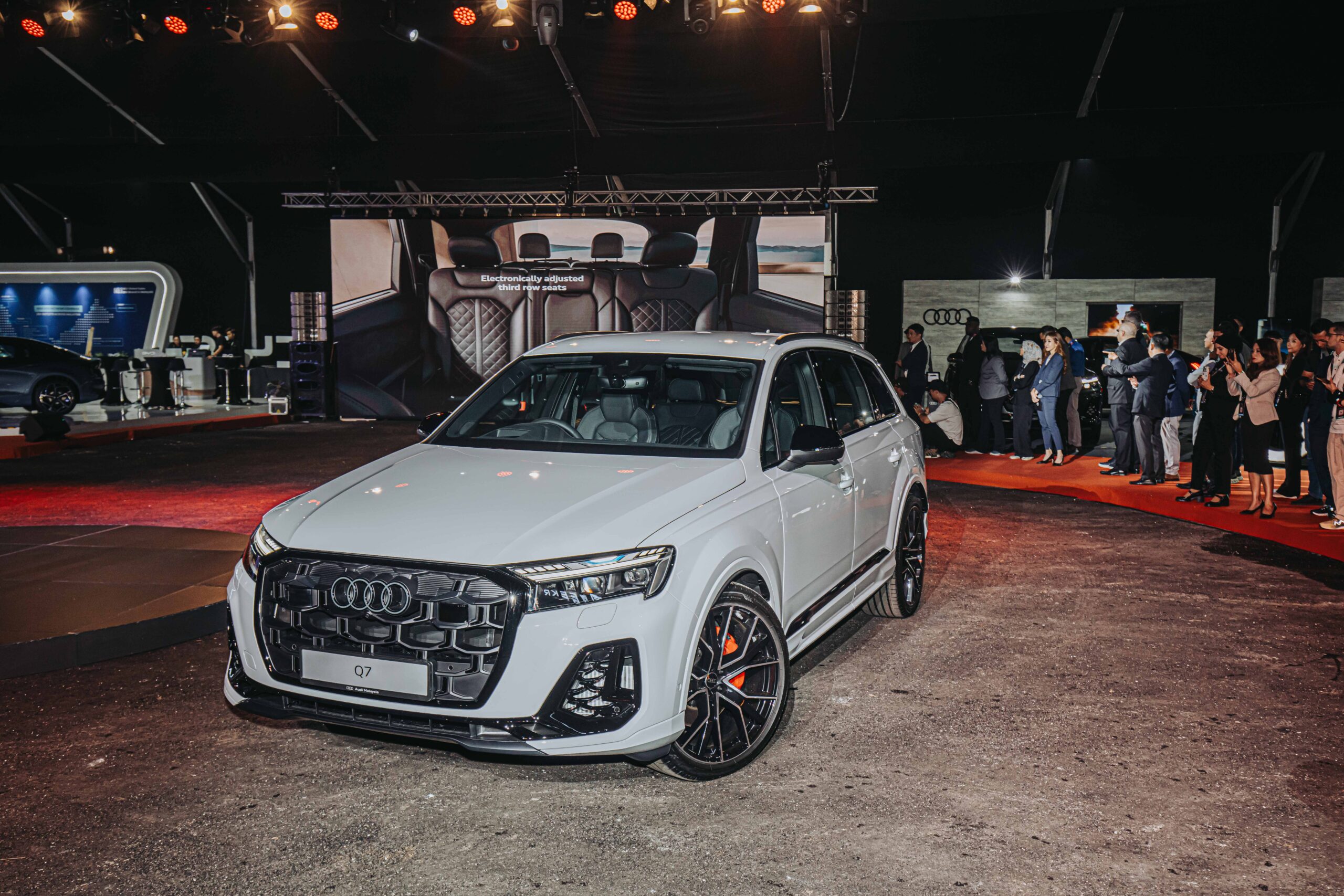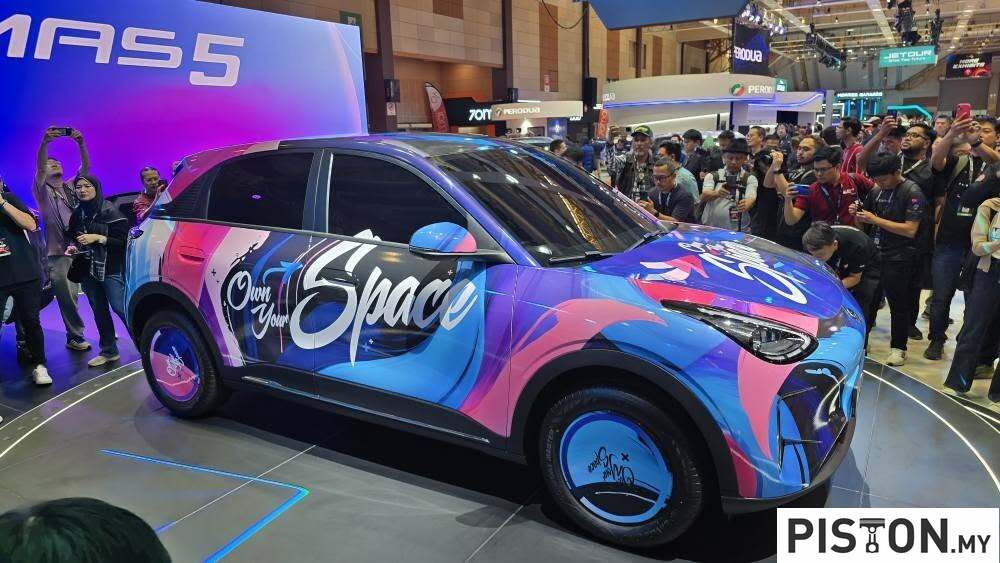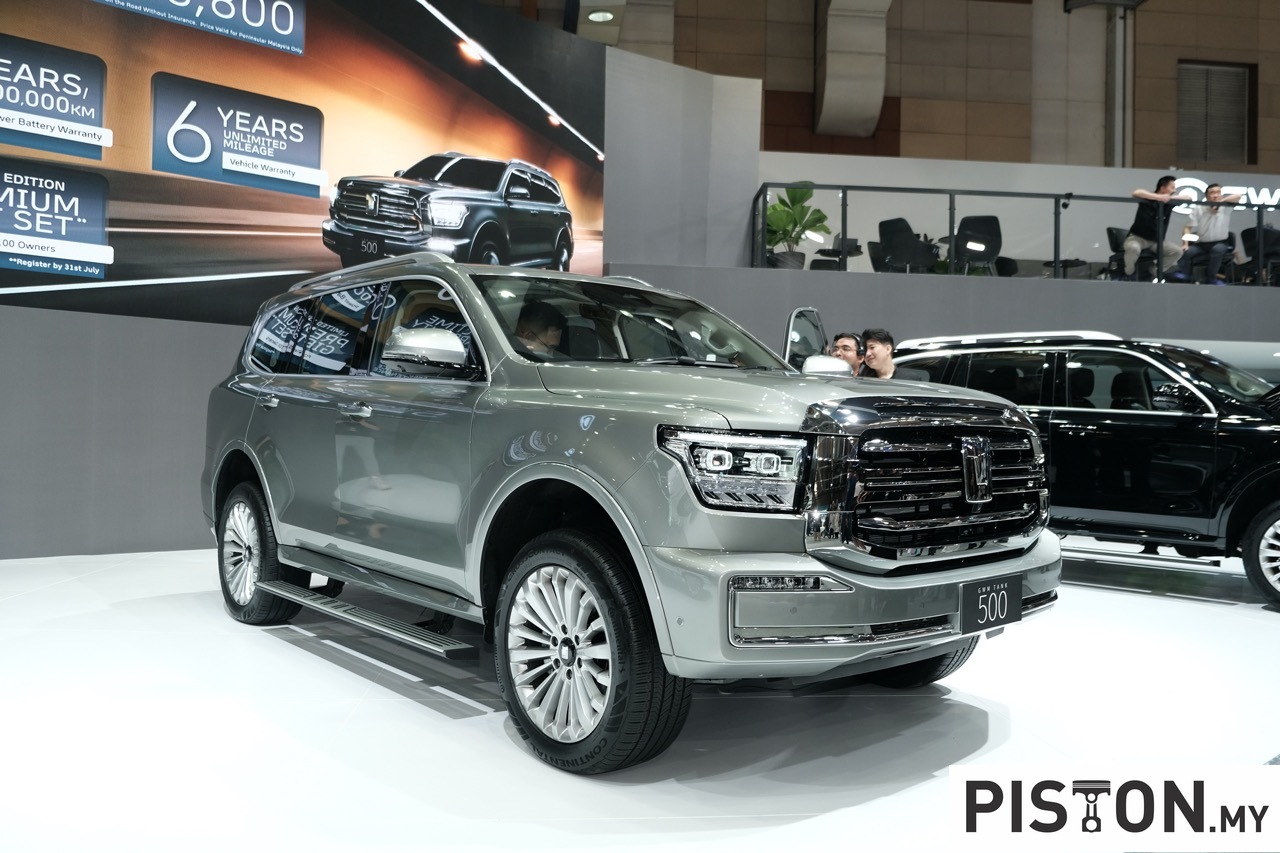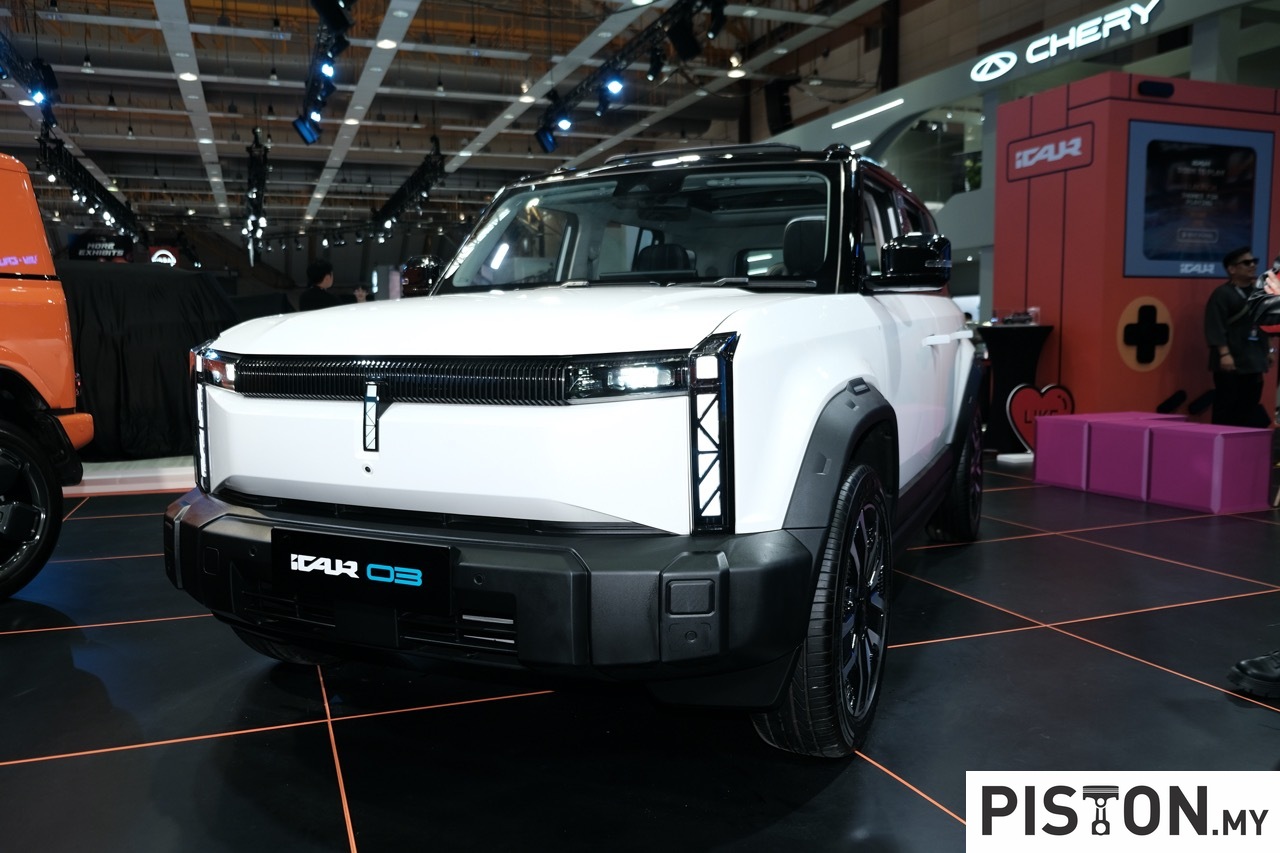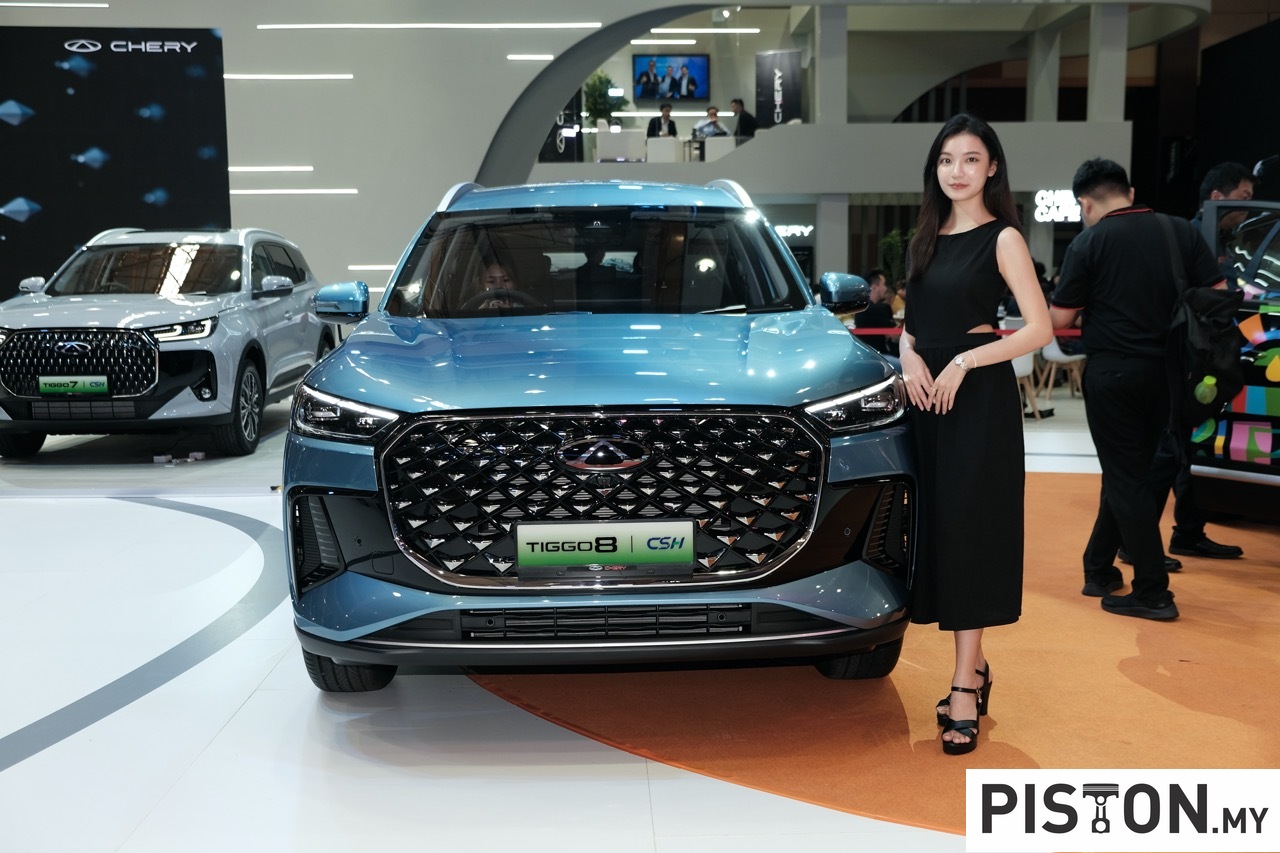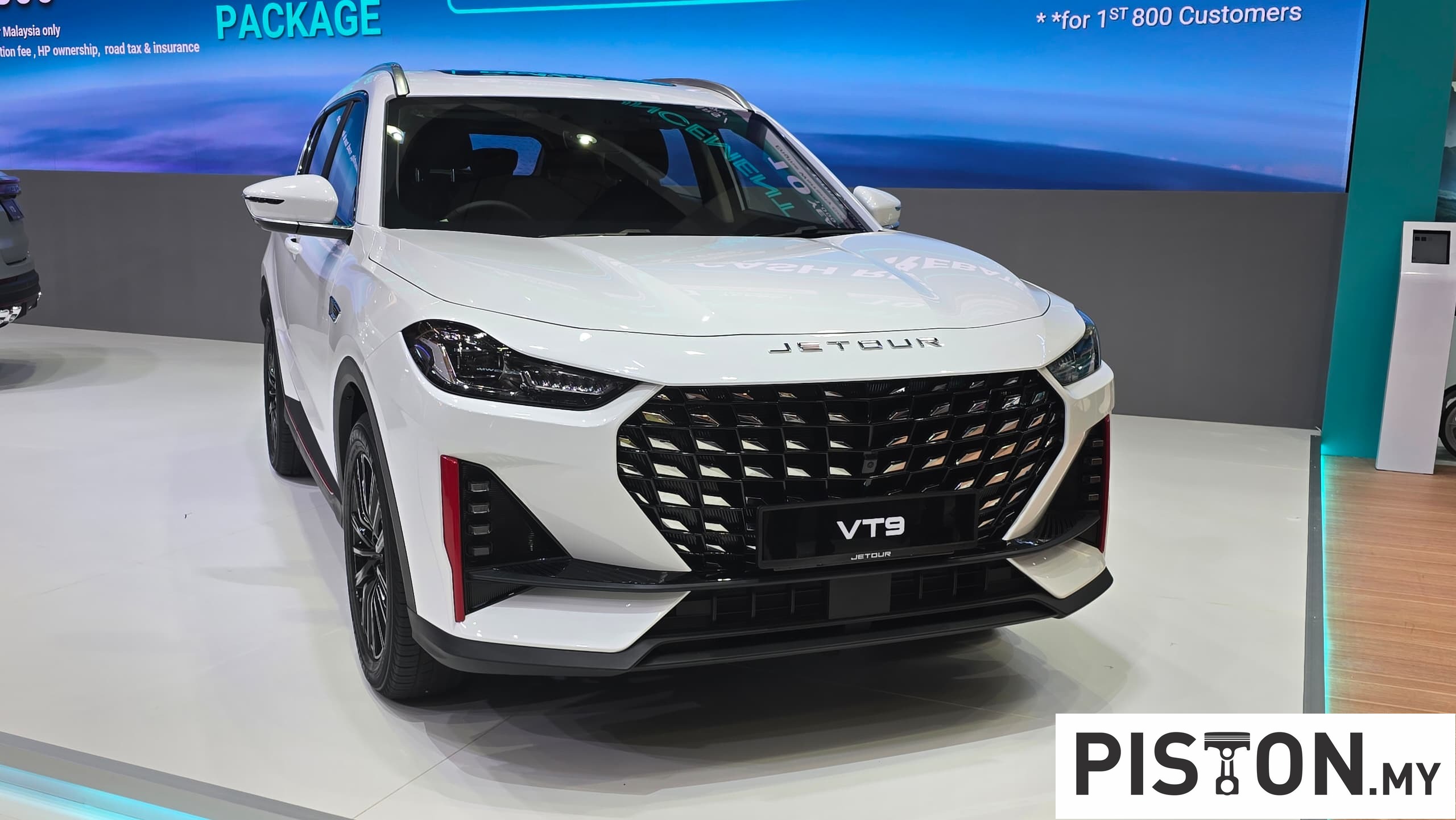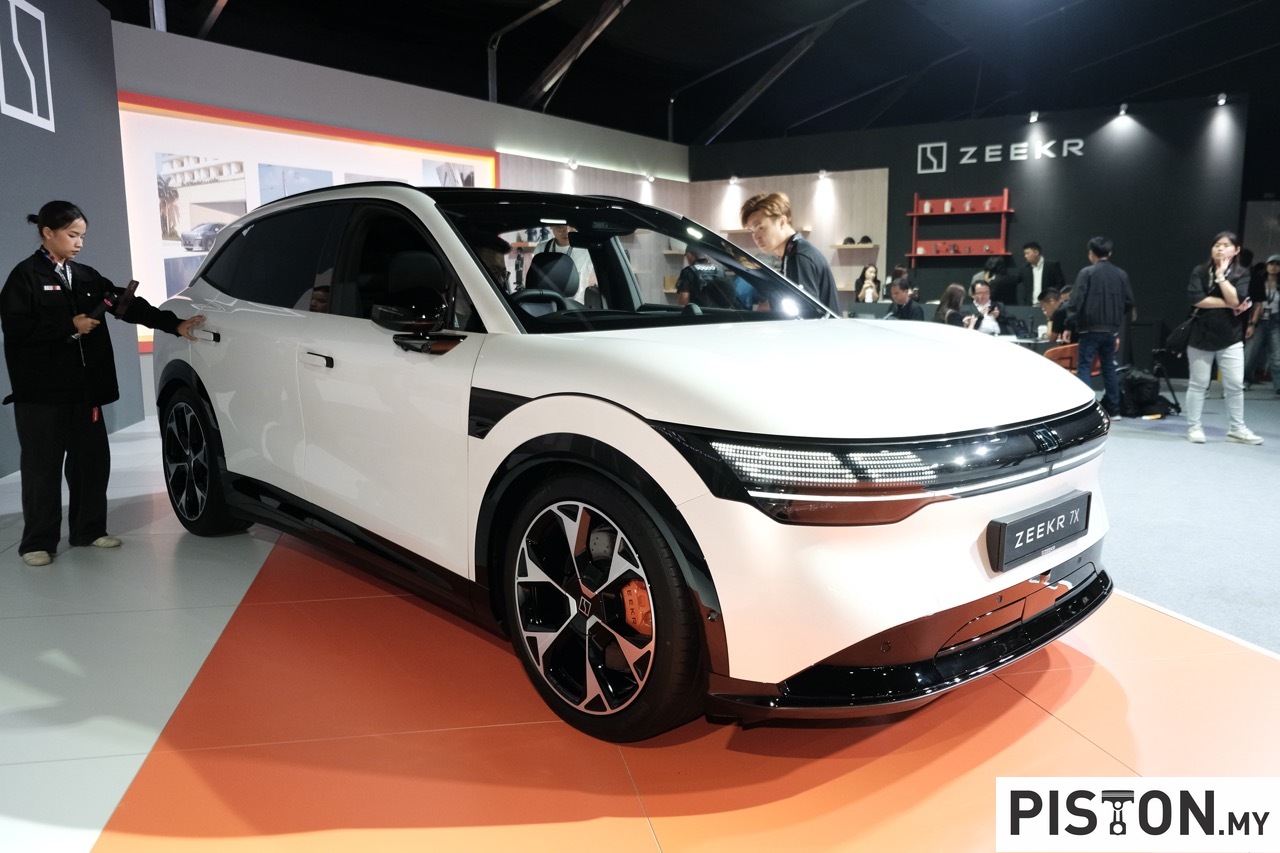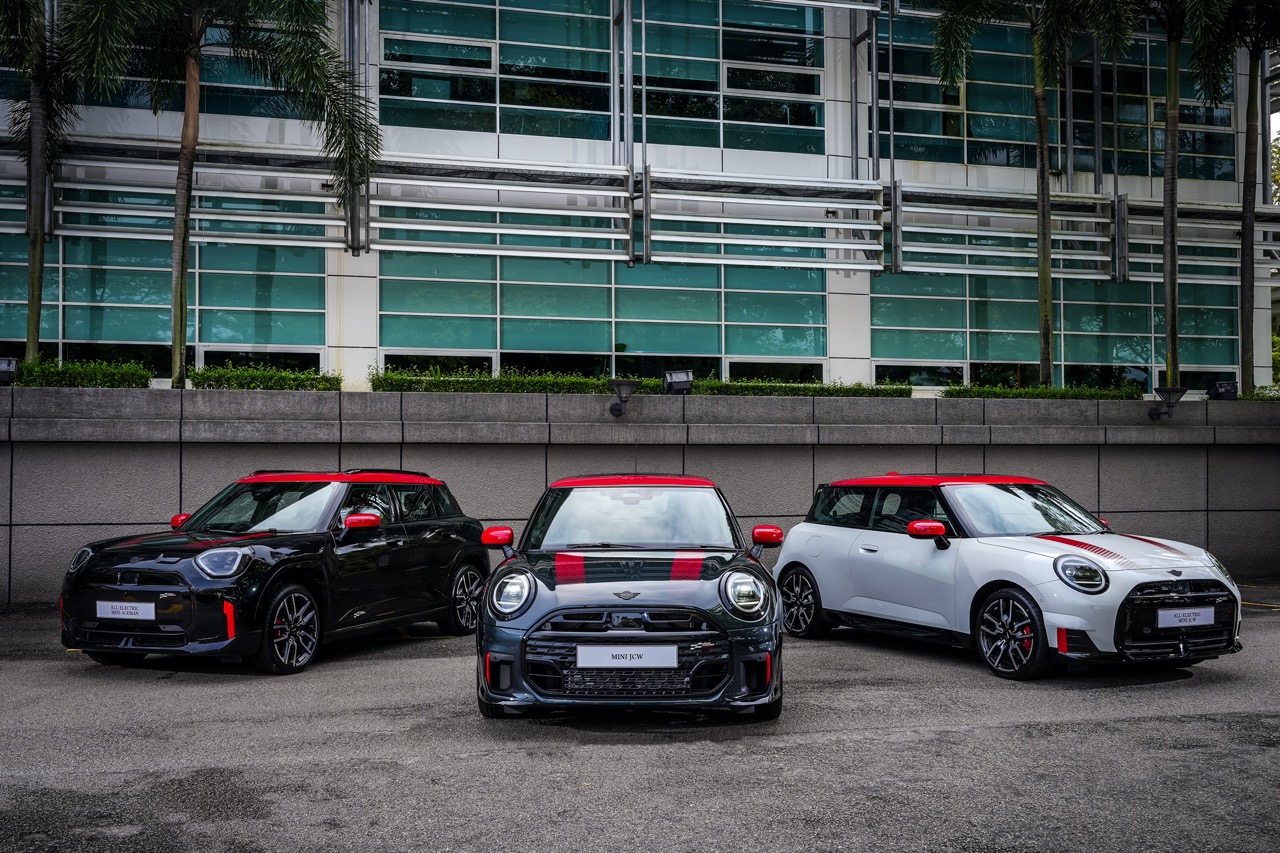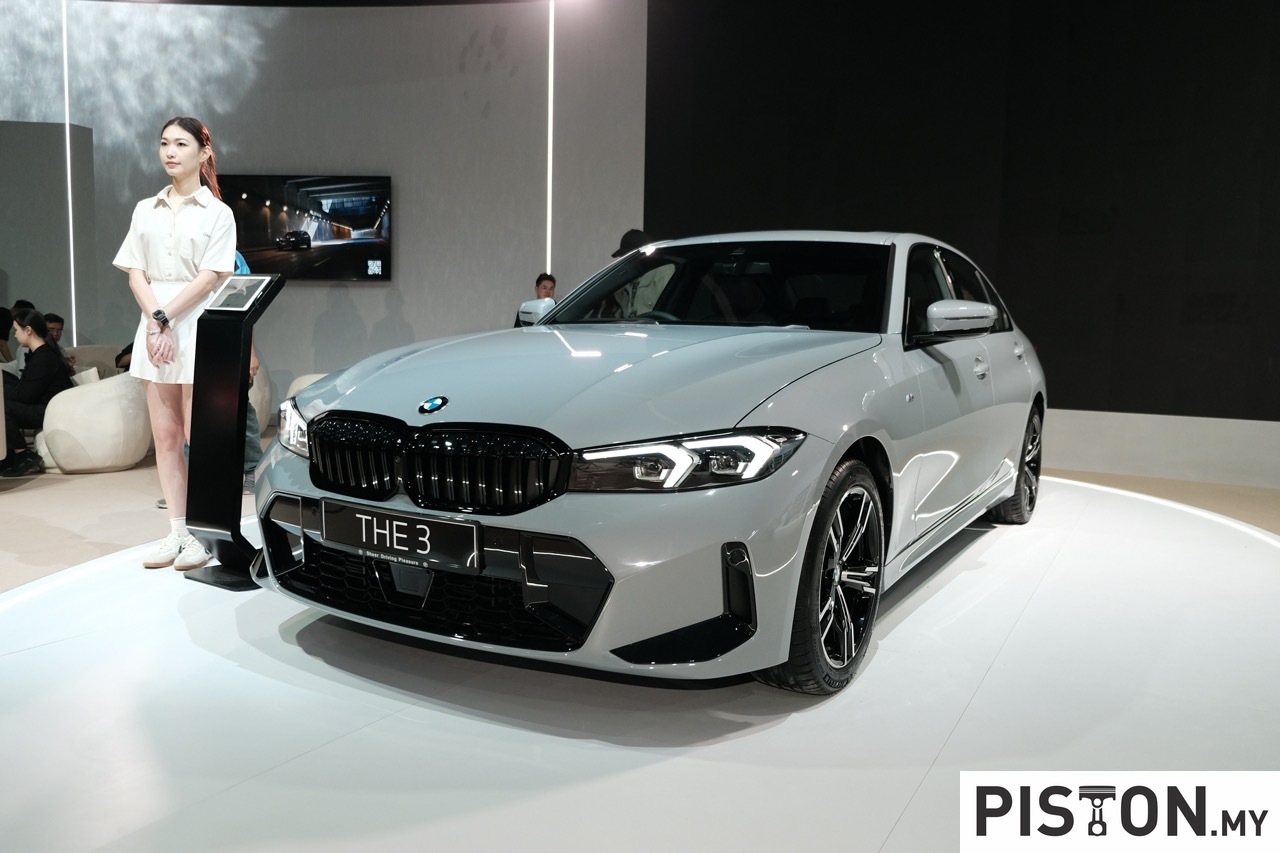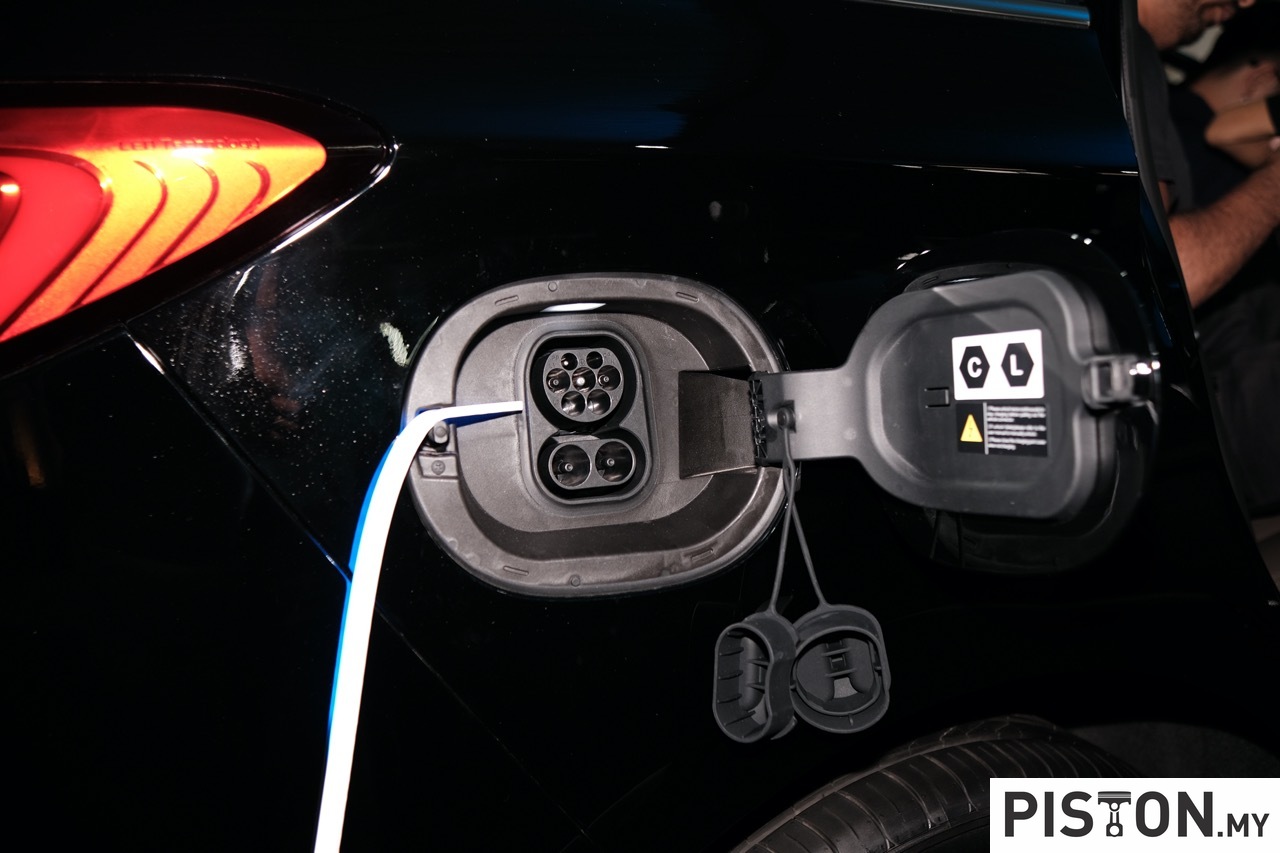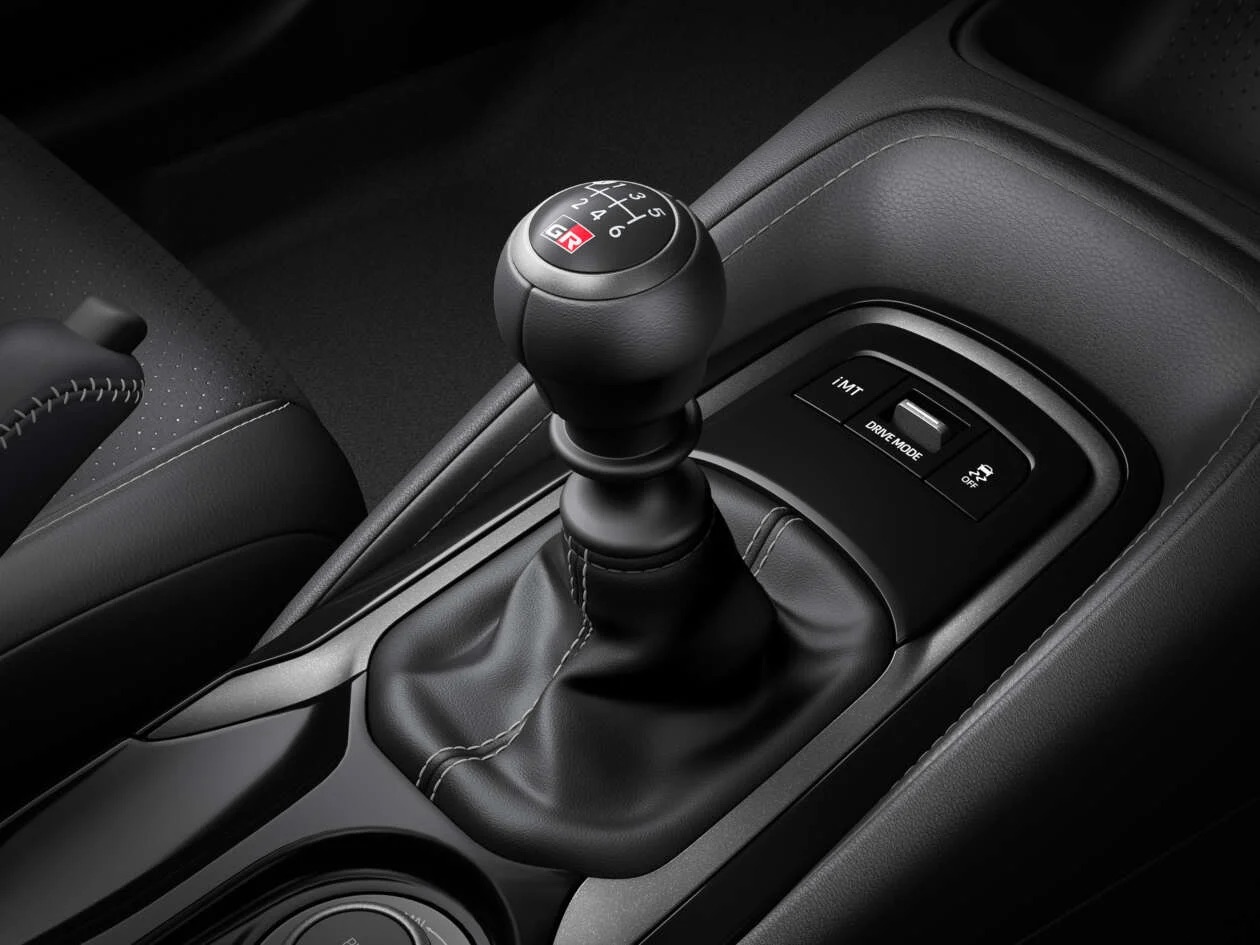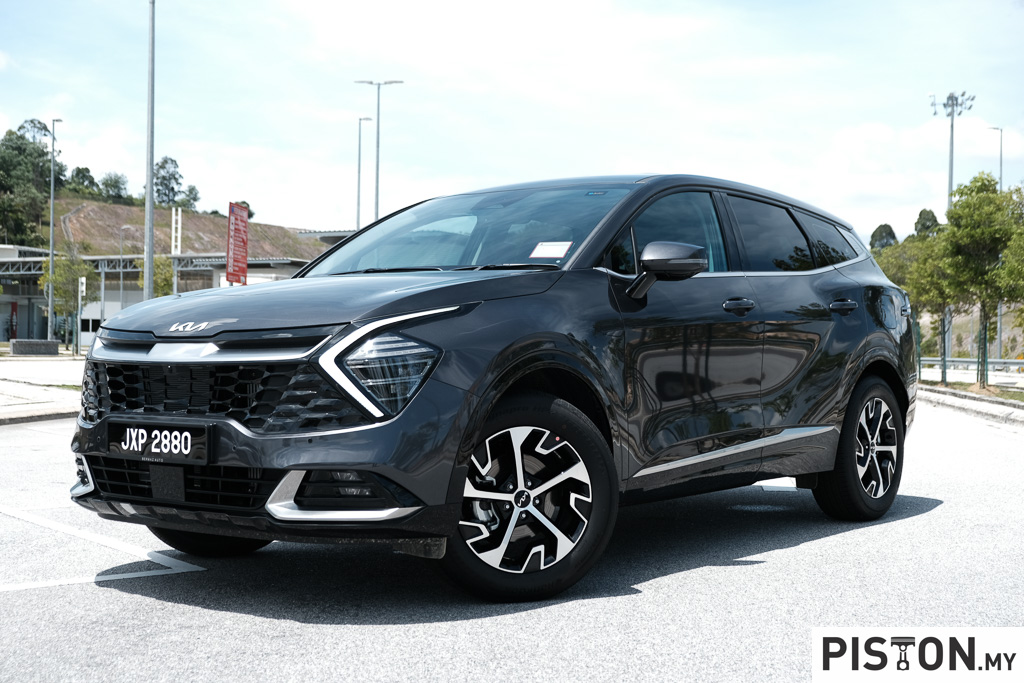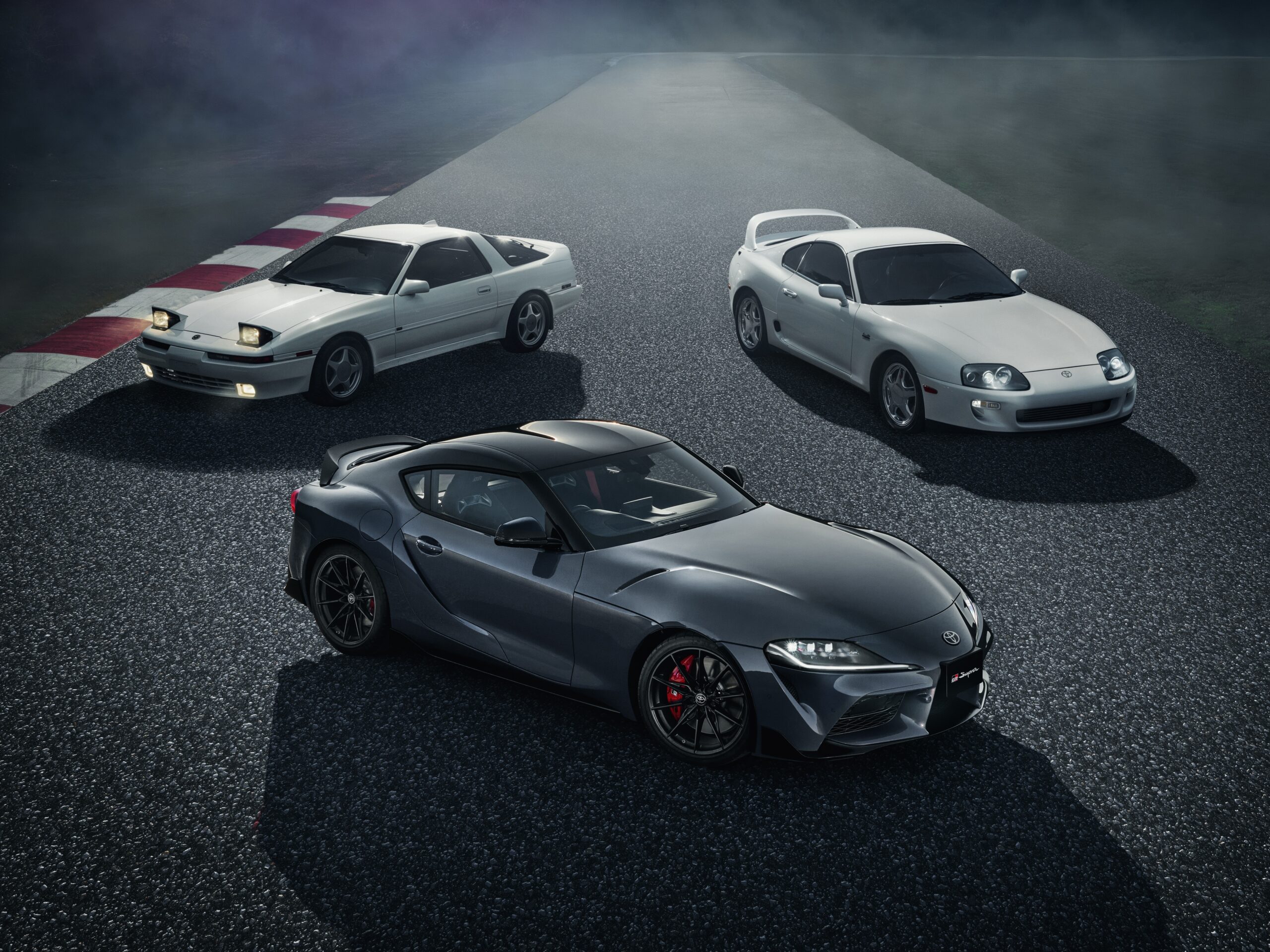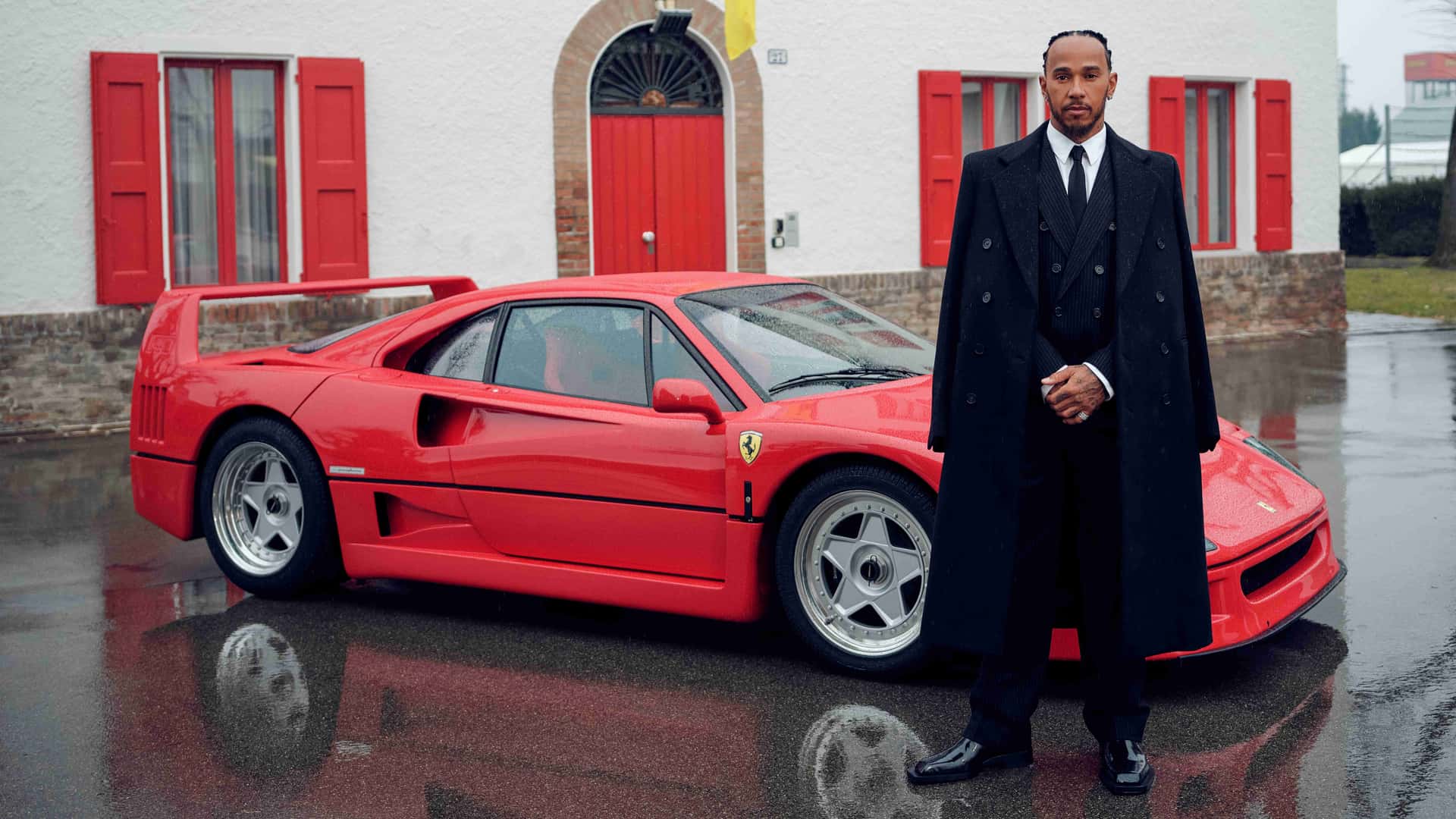After disruptions to its activities over the past two years, the TOYOTA GAZOO Racing Festival (TGR Festival) is expected to be able to proceed smoothly and with a full calendar for Season 5 this year. As before, the highlight will be the Vios Challenge one-make series which has been extremely popular, as well as the GR Velocity Esports Championship.
In the 4 seasons so far, the TGR Festival and Vios Challenge has successfully attracted more than 8 million spectators and online viewers, with social media reach exceeding 19 million, to make it one of the most watched domestic motor-racing events.
“Racing has opened up a multitude of opportunities for Toyota domestically and we will continue to build on this strong momentum to drive both the Toyota and GAZOO Racing brands ahead with exciting activities as well as products,” said UMW Toyota Motor President, Ravindran K.
Season 5 will have 3 rounds and a total of 6 races with Round 1 being run on March 18 – 20), followed by Round 2 in June (24-26) and the third and final round in September (23-25). Two of the rounds will be held at the Sepang International Circuit and one will be a purpose-built street circuit (venue not mentioned yet).
Over the years, the Vios Challenge circuits have been specially designed at venues in Penang, Johor, Terengganu and the Klang Valley. Spectators have liked such circuits as they can be closer to the action – but safely behind protective barriers.
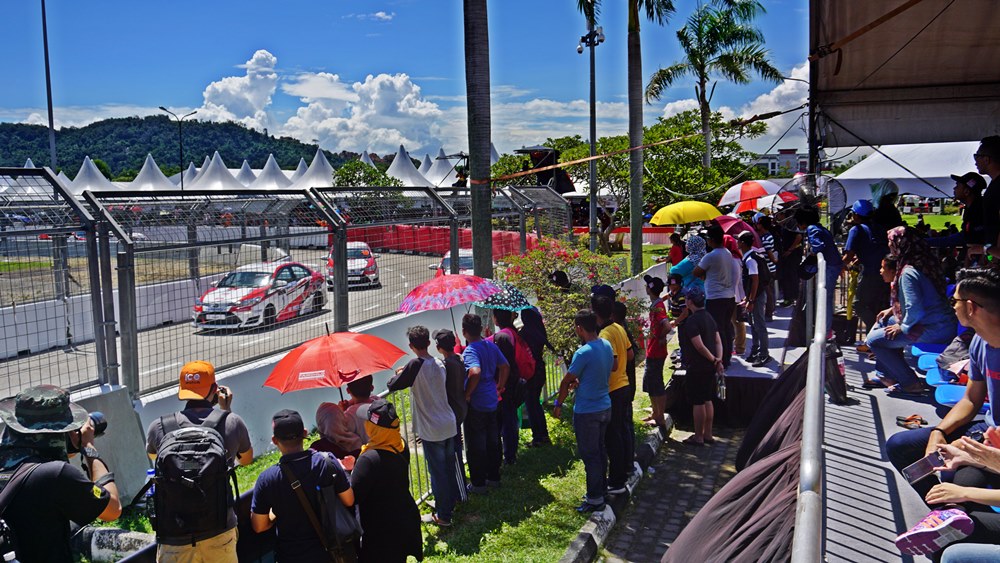
4 race classes
The races will again be divided into 4 classes – Promotional Class for local celebrities; Super Sporting Class for top-level and professional drivers; Sporting Class for amateur and gentlemen drivers; and the Rookie Class for young drivers new to racing.
In total, there will be more than a half a million ringgit in prize monies, with RM70,000 and RM50,000 going the overall champion of the Super Sporting and Sporting Class champions, respectively, at the end of the season. This makes the Vios Challenge the most lucrative motorsports event in the country, which has been the case for the last 5 years.
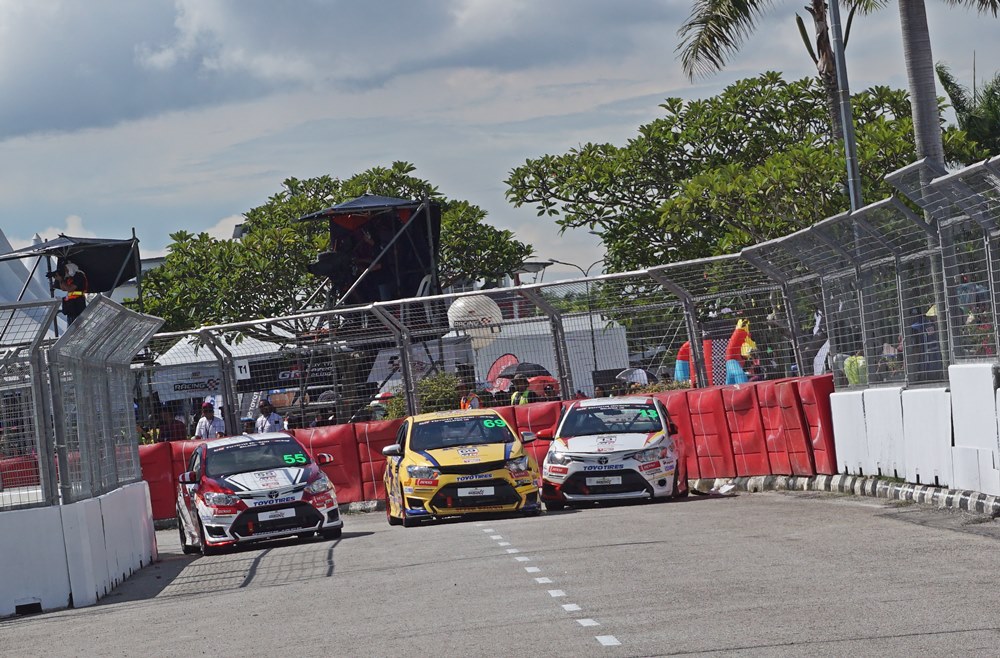
Affordable series for all
The format of a one-make series in the Vios Challenge has made it attractive and affordable for not only amateur racers, but also the professionals, many of whom are in teams supported by Toyota dealers. Affordability and the level playing field it created also began attracting young drivers to participate and in Season 3, a 16-year-old was remarkably crowned the overall champion in the Sporting Class.
Today, the series has grown to include even talented rookies competing under the GAZOO Racing Young Talent Development Program which is envisaged to provide more young drivers between the ages of 16 and 20 with an impactful and affordable platform to transition into saloon car racing in Malaysia.
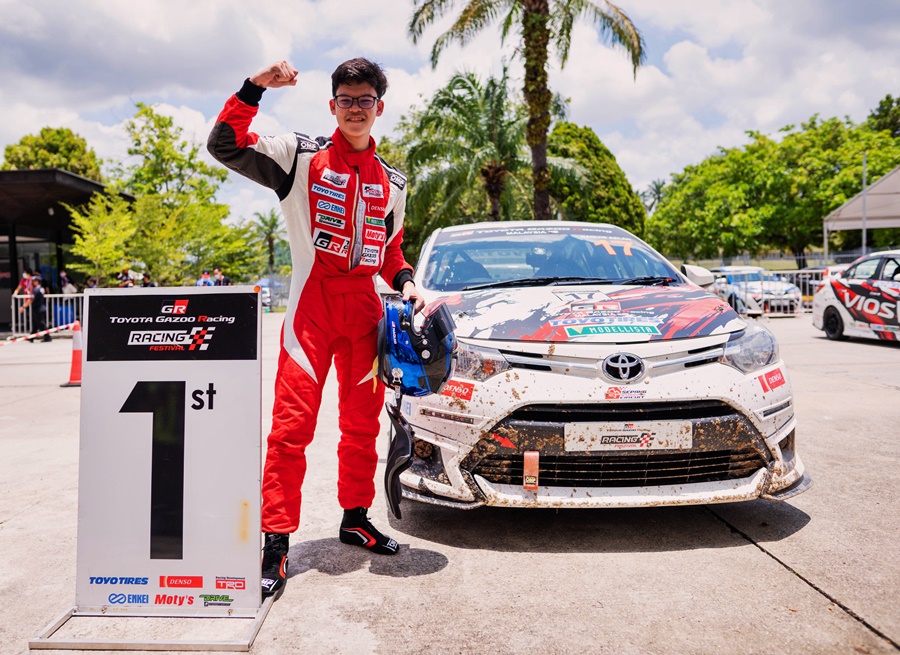
Additionally, from the very first season, the Vios Challenge has been the only event of its kind to have a class for local celebrities to race against each other. The races have been crowd-pullers, with fans of the celebrities following them to each venue and cheering for them. Special sessions have been organised at each round so they can also get close to their favourite celebrities.
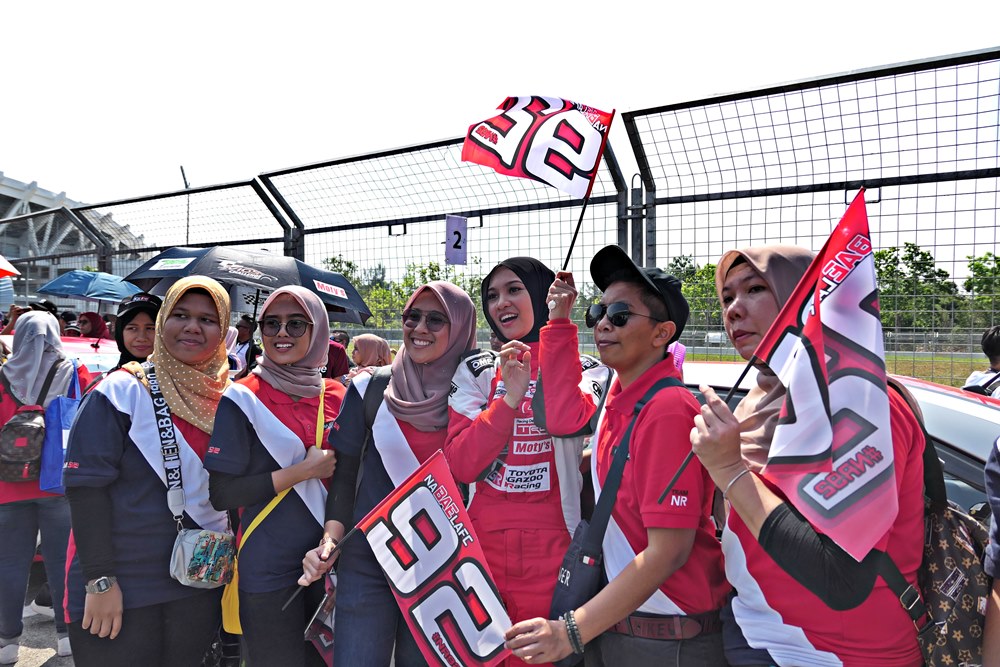
Additional events
Also included in this year’s GAZOO Racing calendar will be the Vios Sprint Cup, which is run independently from the Vios Challenge. Two rounds are scheduled for April and July in tandem with the Malaysia Championship Series (MCS). Each round will have 2 races with a total of more than RM200,000 in prize monies. The event will provide even more racing and rewards for participating drivers, teams and dealers already signed up to compete in the Vios Challenge.
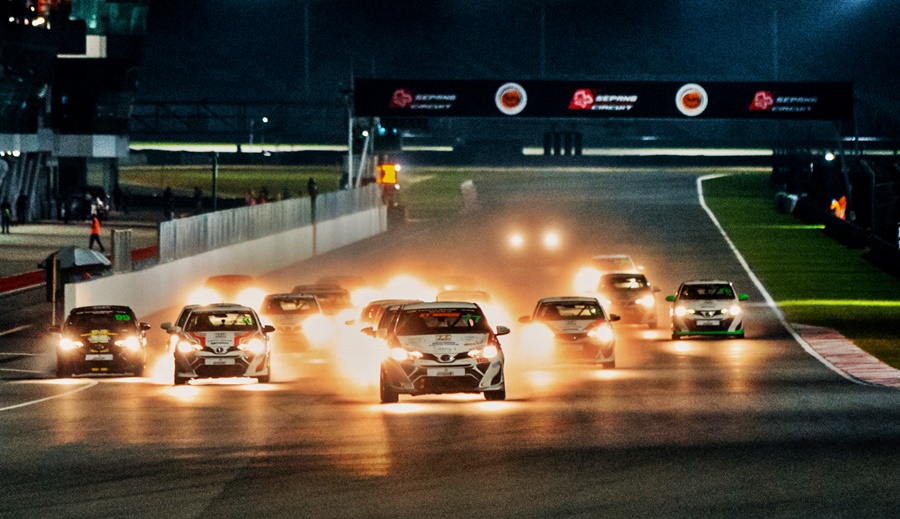
GAZOO Racing will also continue to make its presence felt in the national series by once again entering a team to participate in the Sepang 1000KM Endurance Race (S1K) in November. The race will also see the second running of the Vios Enduro Cup which will have a RM30,000 prize purse.
“Overall, the objective of our racing activities is to contribute to growth of Malaysian motorsports from all aspects – to not only provide an affordable platform for competition; to grow awareness and appreciation for motorsports amongst the masses; and to uncover, develop and provide a conducive platform for the nation’s next generation of young and talented drivers to step up in motor-racing,” said Mr. Ravindran.
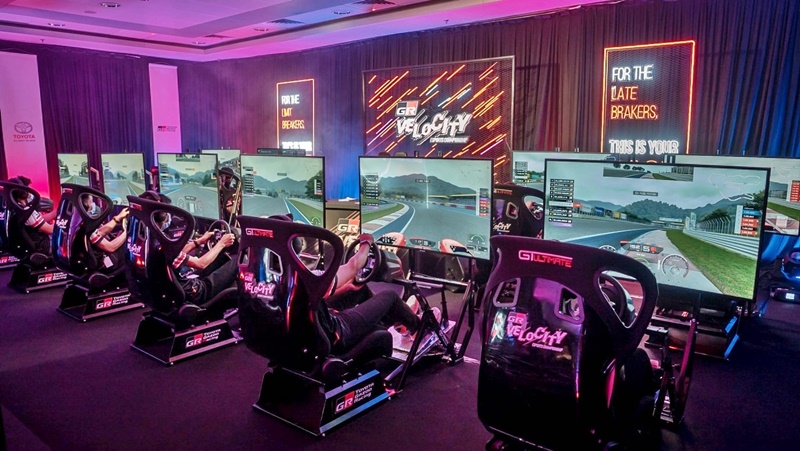
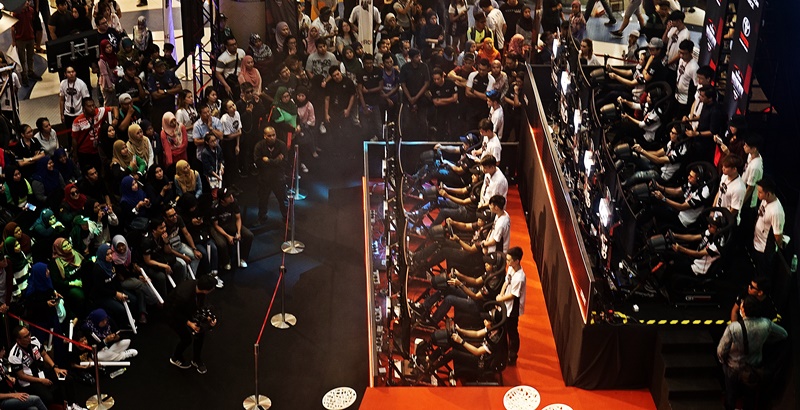
E-Sports series in fifth season
Besides the real racing on the tracks, racing will also continue online with the fifth season of the GR Velocity Esports Championship. Billed as one of the most lucrative local online racing series in the country, the championship (first held in 2018) today attracts close to 1,000 participants with more than 1 million online spectators. UMW Toyota Motor continues to have the distinction of becoming the first and the only Malaysian car company to be directly involved with E-sports activities related to motor racing.
New GR products
Expect to see new GR and GR-Sport models during the year, along with enhancement of the GR Garage network and activities nationwide. Besides new models, Toyota and GAZOO will be organizing of GR driving clinics, experiences and activities for the owners to enable them to fully enjoy the high performance of their cars safely. They will be able to fully immerse themselves and get the most from owning a GR vehicle.
The current models available in Malaysia are the GR Supra, GR Yaris and GR Sport Vios. The GR-Sport Vios, assembled at UMW Toyota Motor’s own plant in Bukit Raja, Selangor, is a tribute to the Vios Challenge racing cars. It is also the very first ASEAN-manufactured vehicle to wear the GR badge.

Efforts are already underway to enhance and expand on UMW Toyota Motor’s network of dedicated GR Garages nationwide which are the only outlets that offer GR models. This will include offering a comprehensive aftermarket parts list as well as merchandise for GR and Toyota owners.
GAZOO Racing has also announced the continuation of 3-time Vios Challenge Super Sporting Class champion Tengku Djan Ley as its Malaysian Ambassador. Tengku Djan was instrumental in assisting to develop the GR-Sport Vios.
Special mention should be made of Akio Takeyama who, besides his role as Deputy Chairman of UMW Toyota Motor, was also the Chief Motorsports Officer. Besides being a driving force for the racing series, he personally took part in the Vios Challenge for all four seasons, racing together with the celebrities. Mr. Takeyama’s tenure in Malaysia ended recently and he will be taking on a new position in Toyota Motor Corporation in Japan. His successor as Deputy Chairman is Takashi Obata.
“I would like to record my excitement and commitment to chart the way forward for GAZOO Racing to continue to make an impactful and valuable contribution to Malaysia – via our involvement in motorsports and the development of young talent, through more GR experiences and touchpoints through our GR vehicles, the assembly of GR-Sport vehicles in Malaysia, the expansion of the GR Garage network and the offering of performance parts and merchandises for Toyota and GR customers,” said Mr. Obata.





